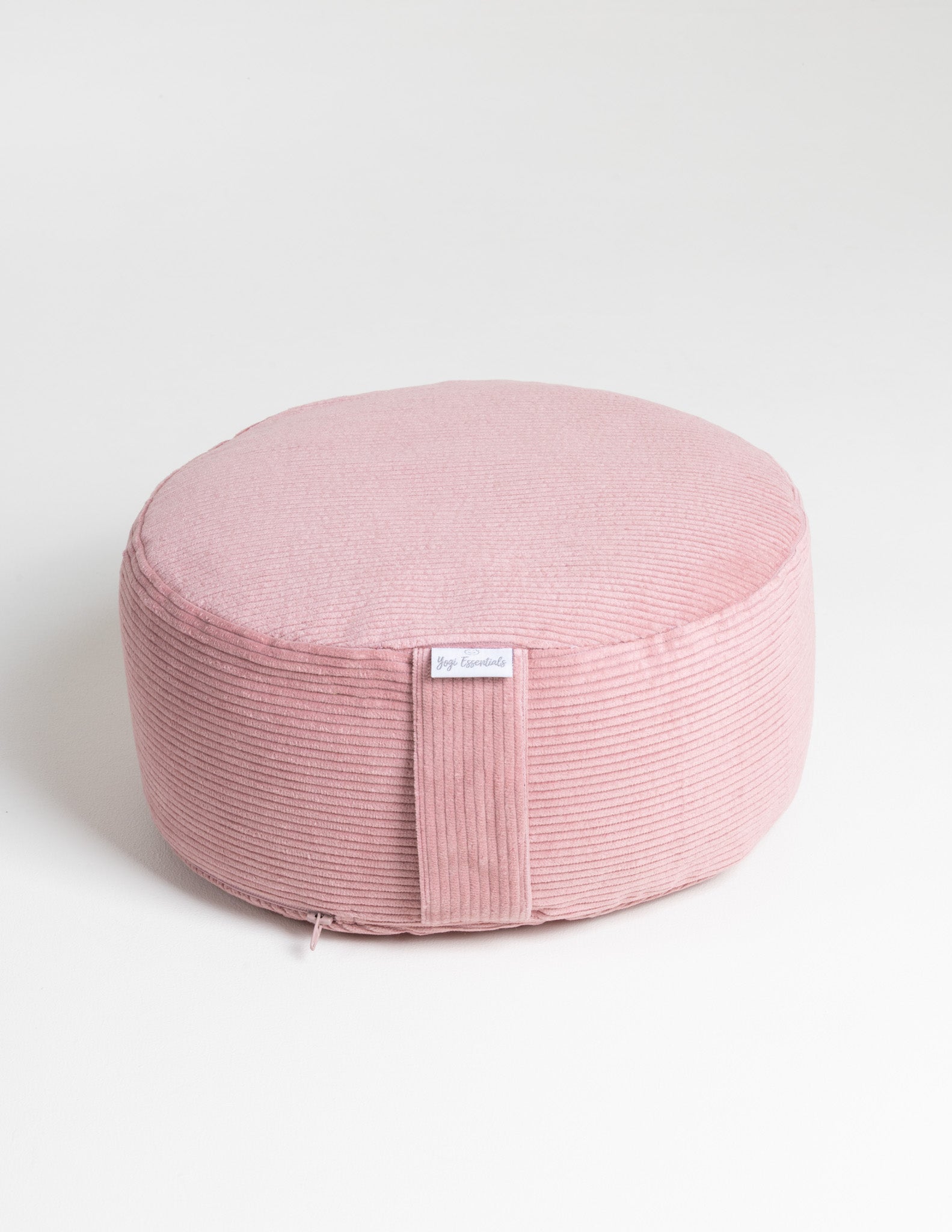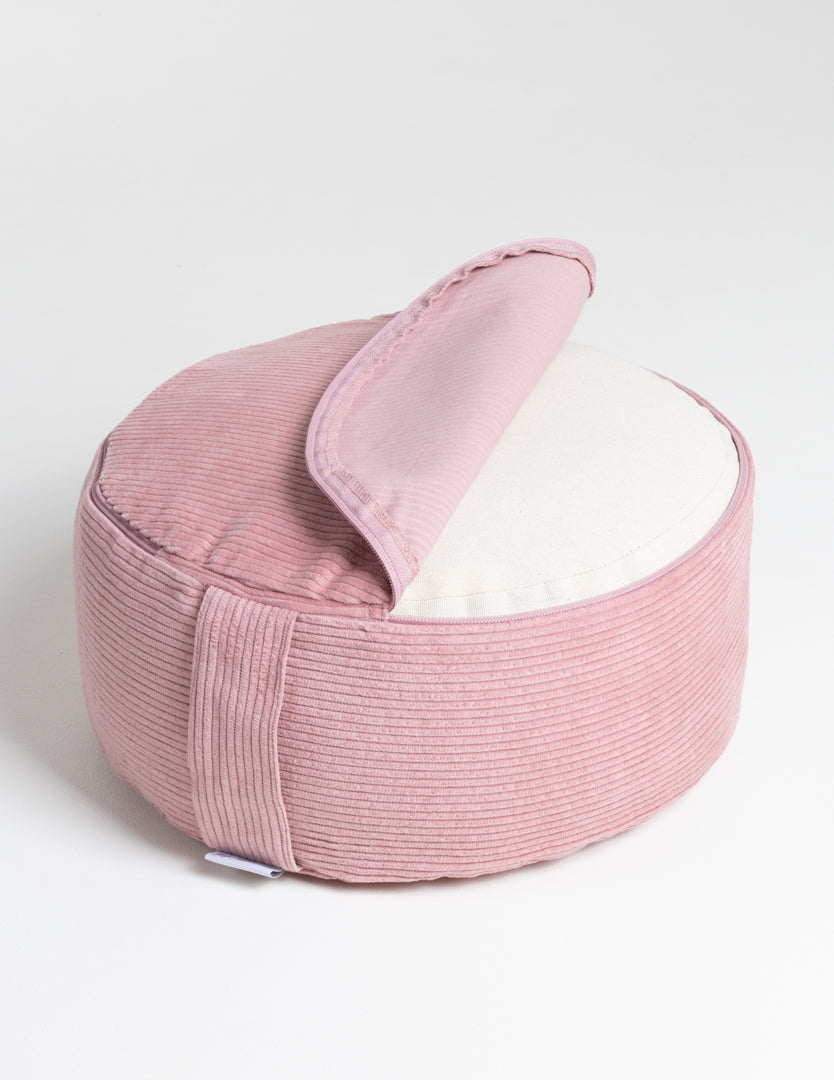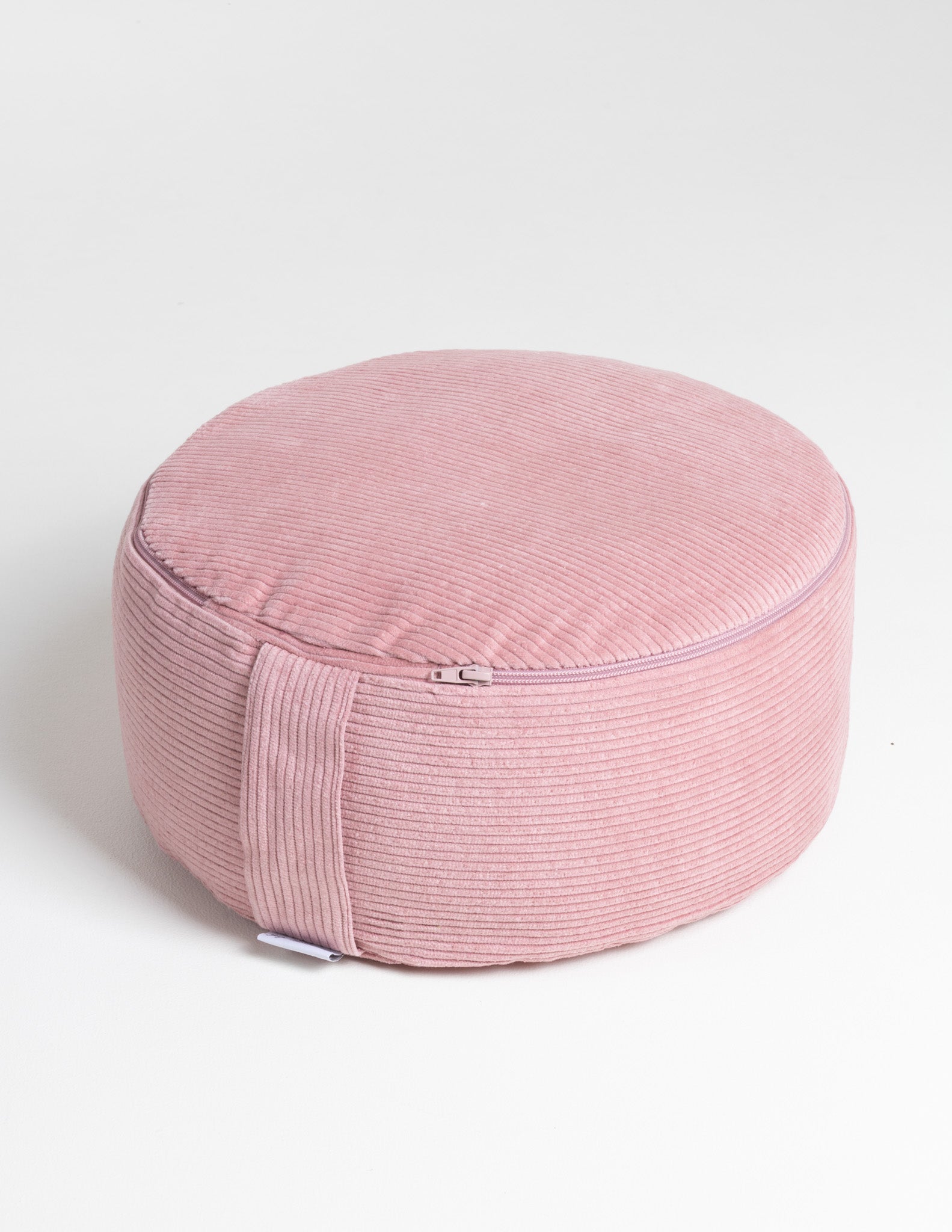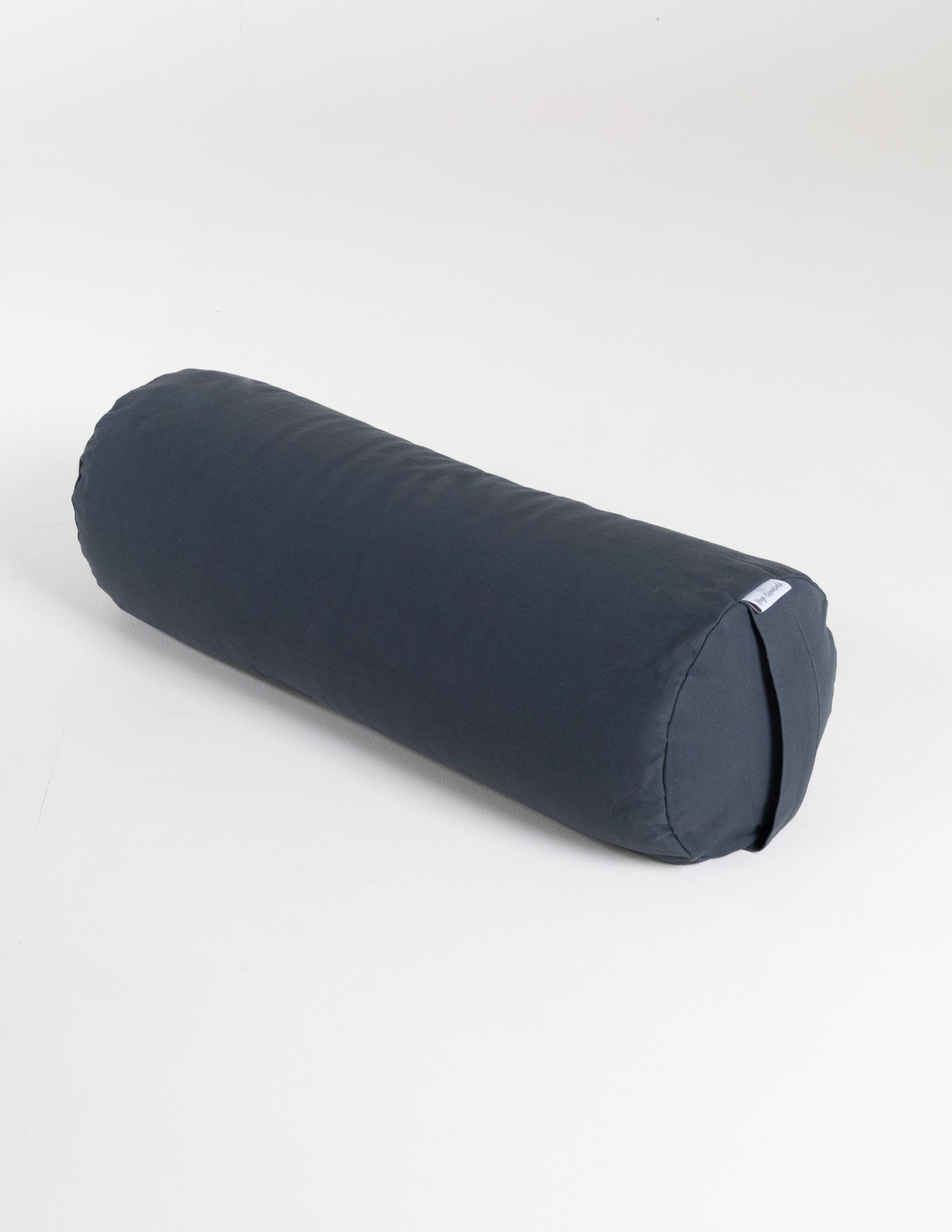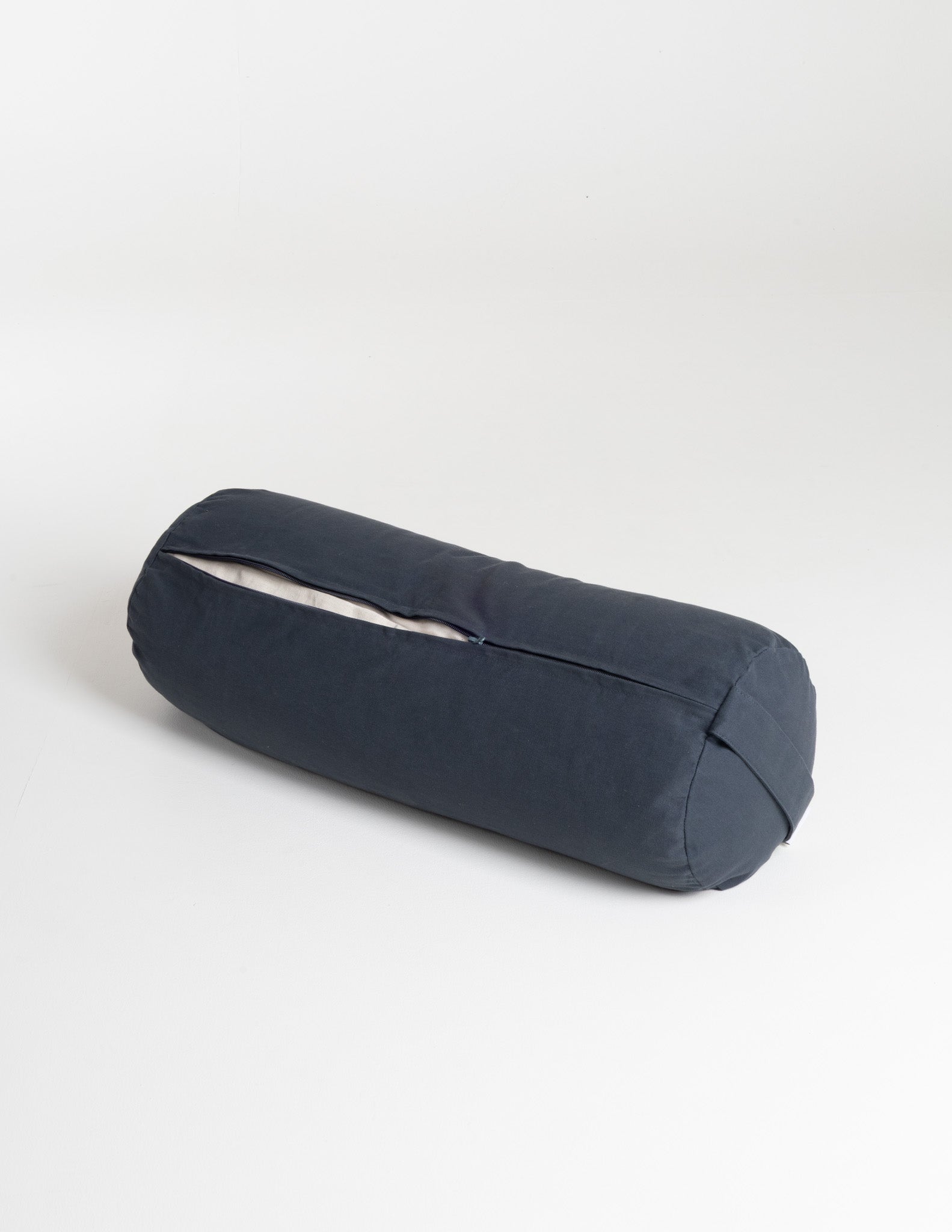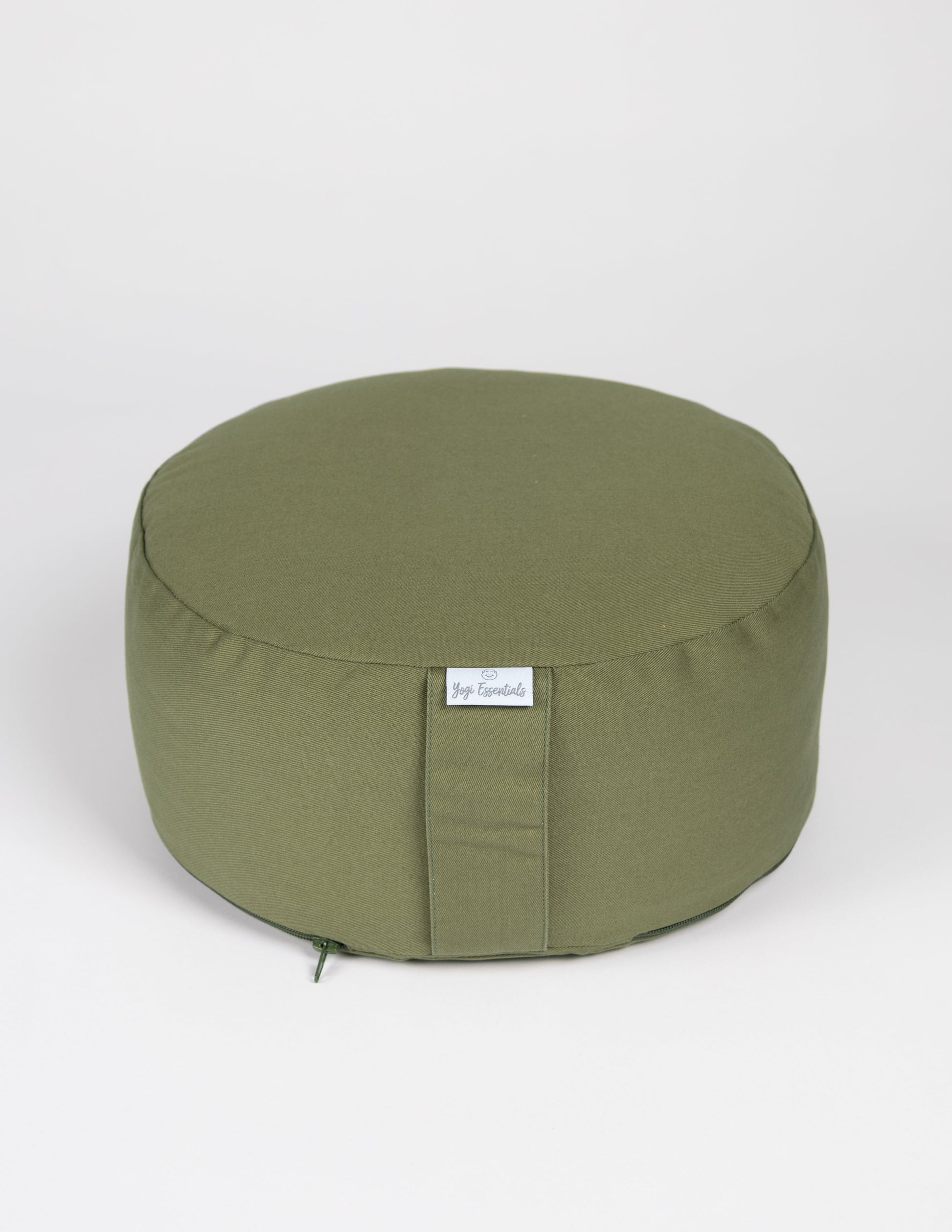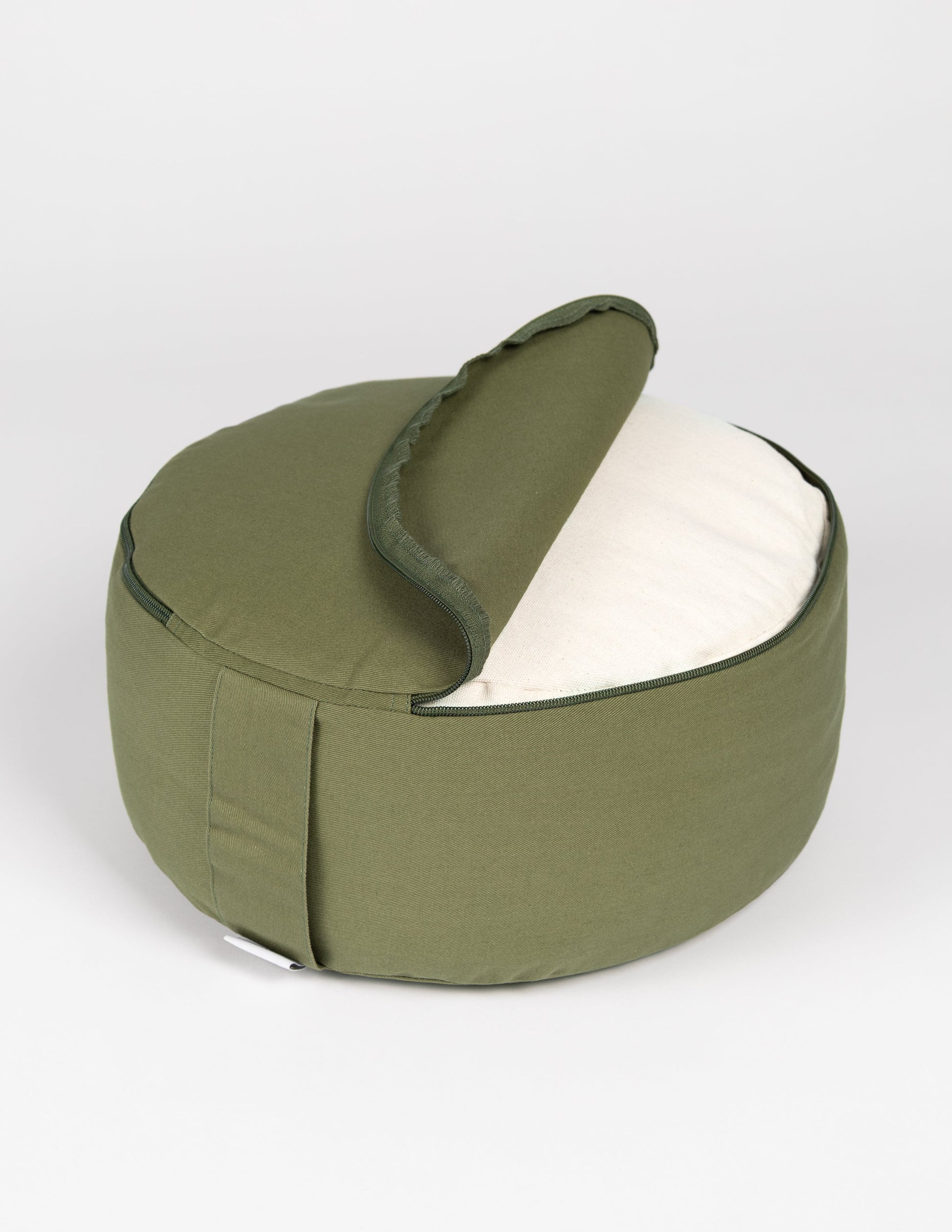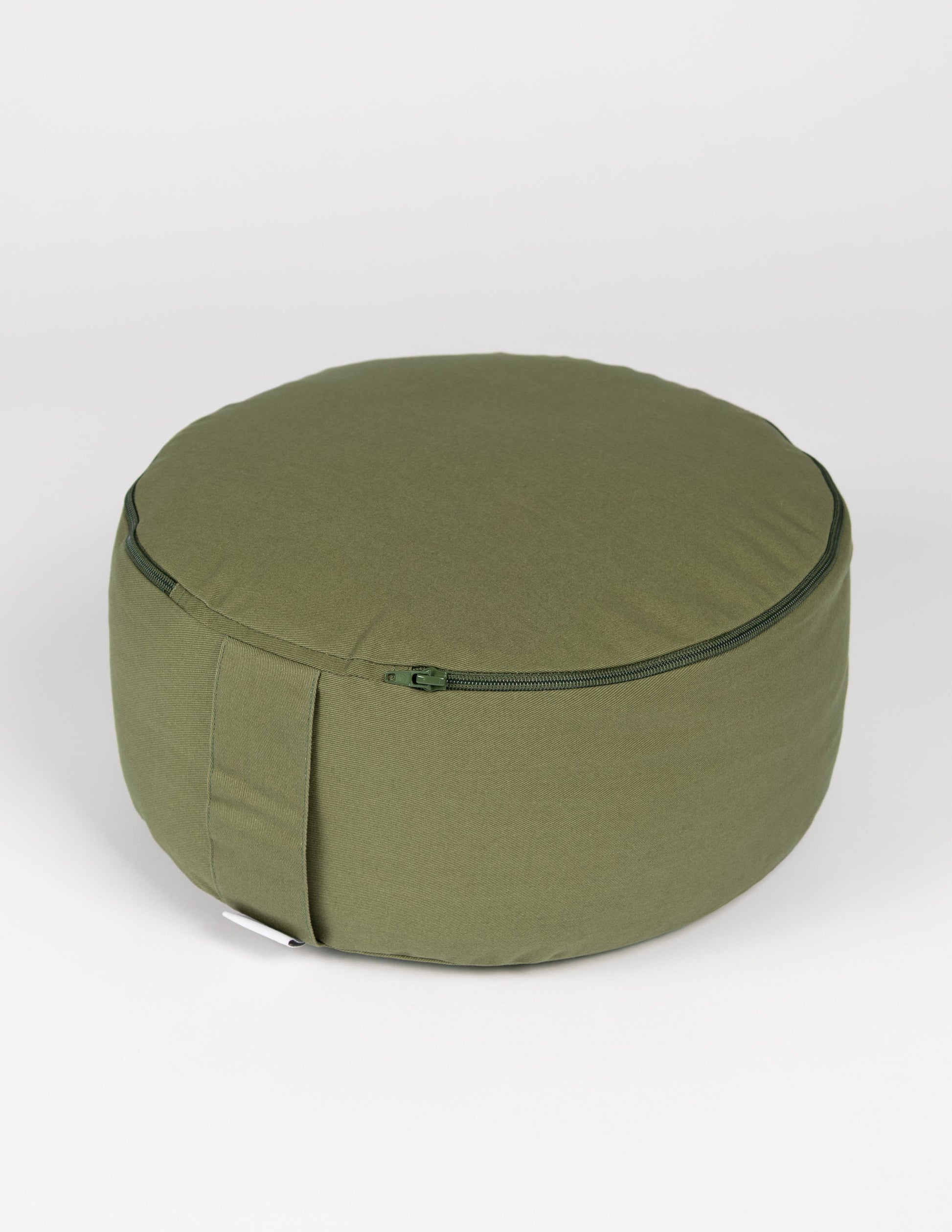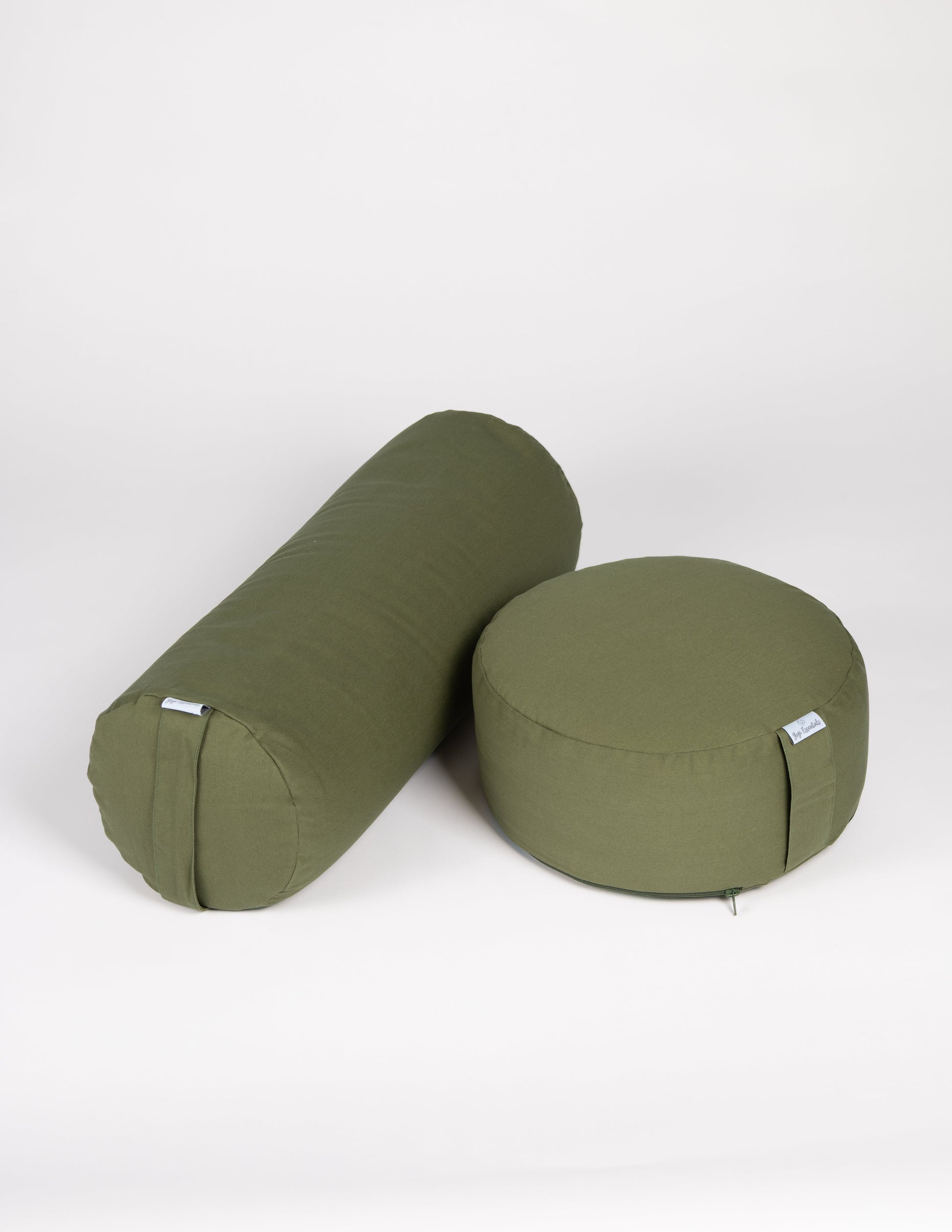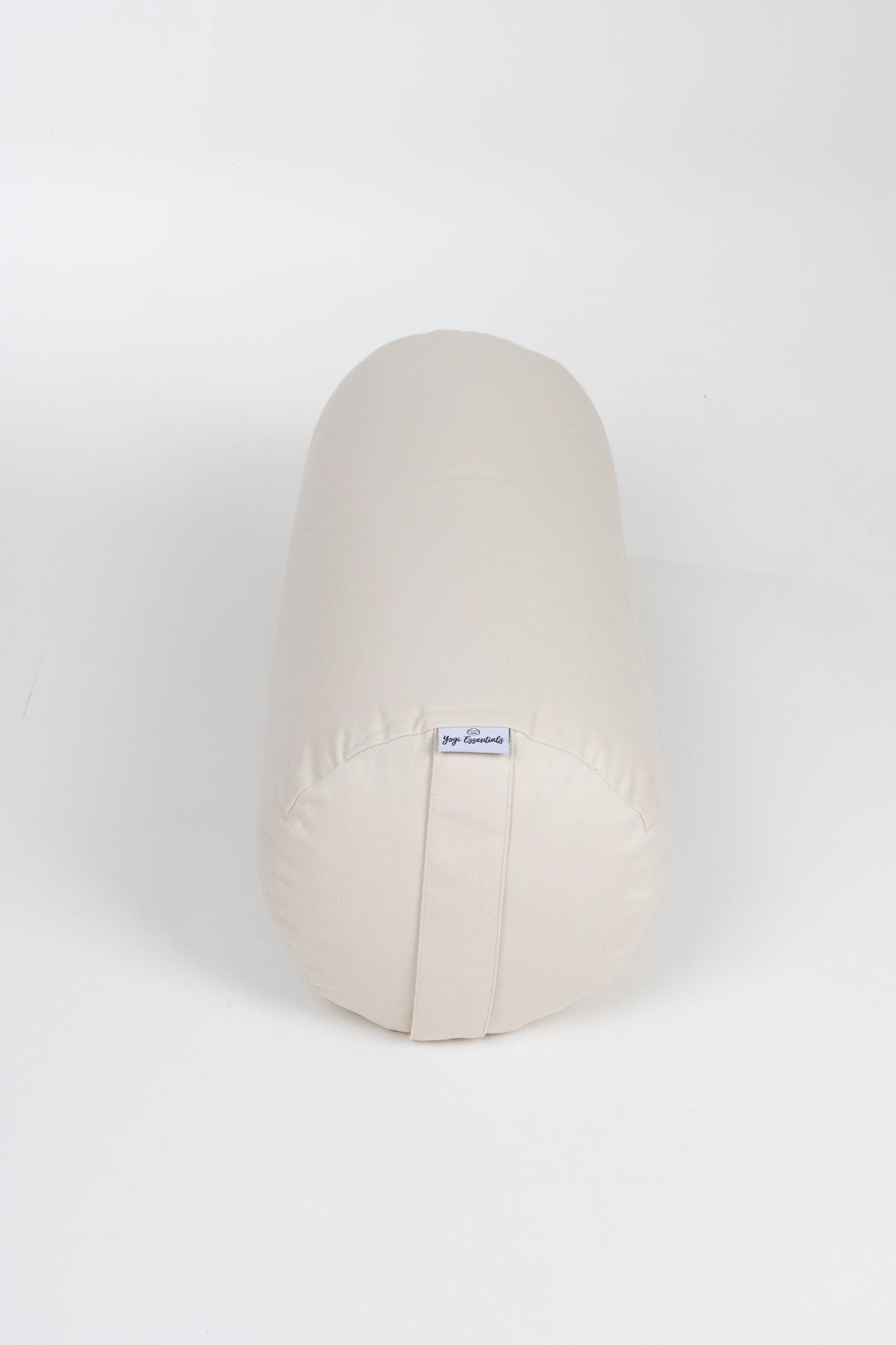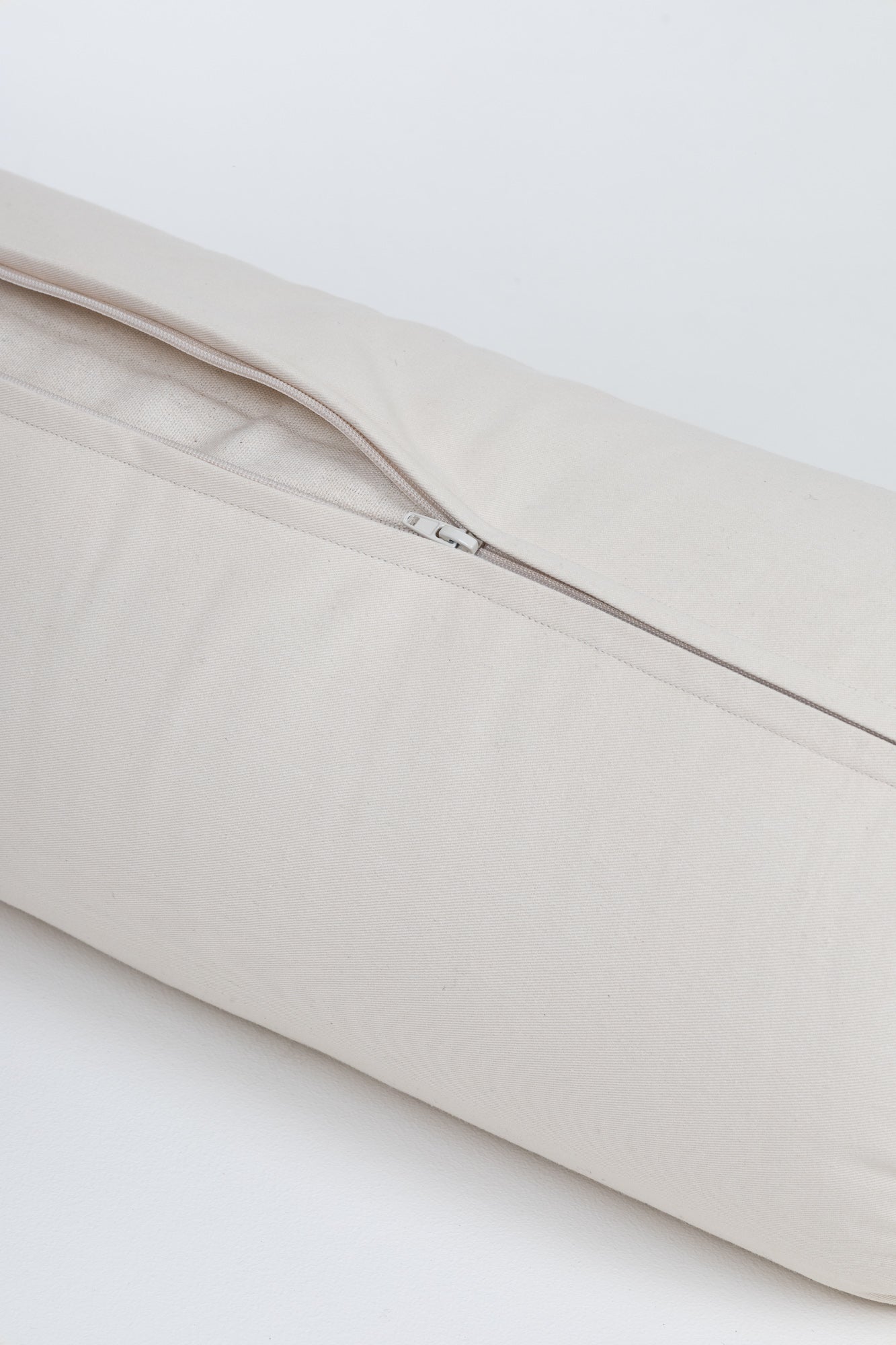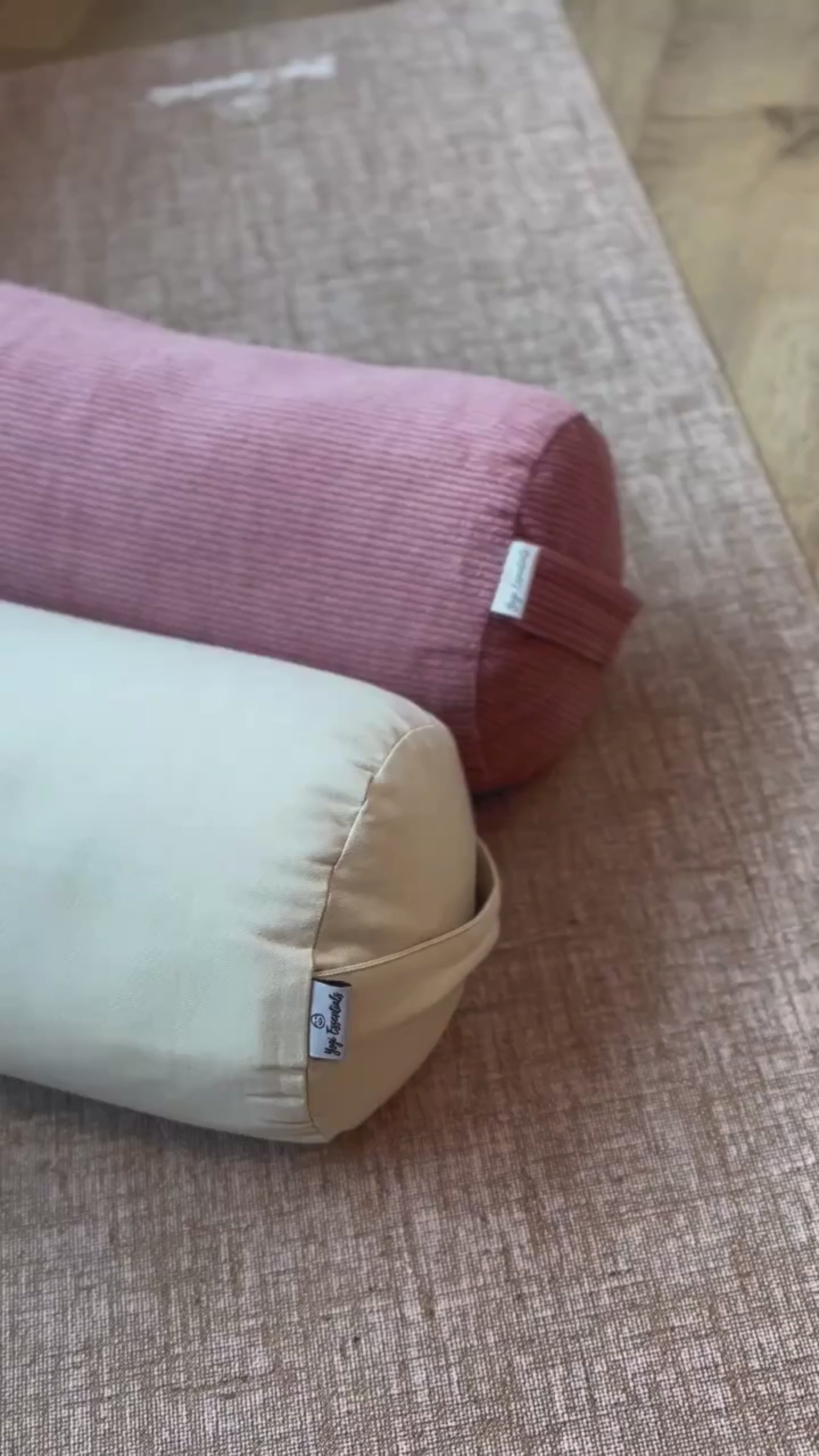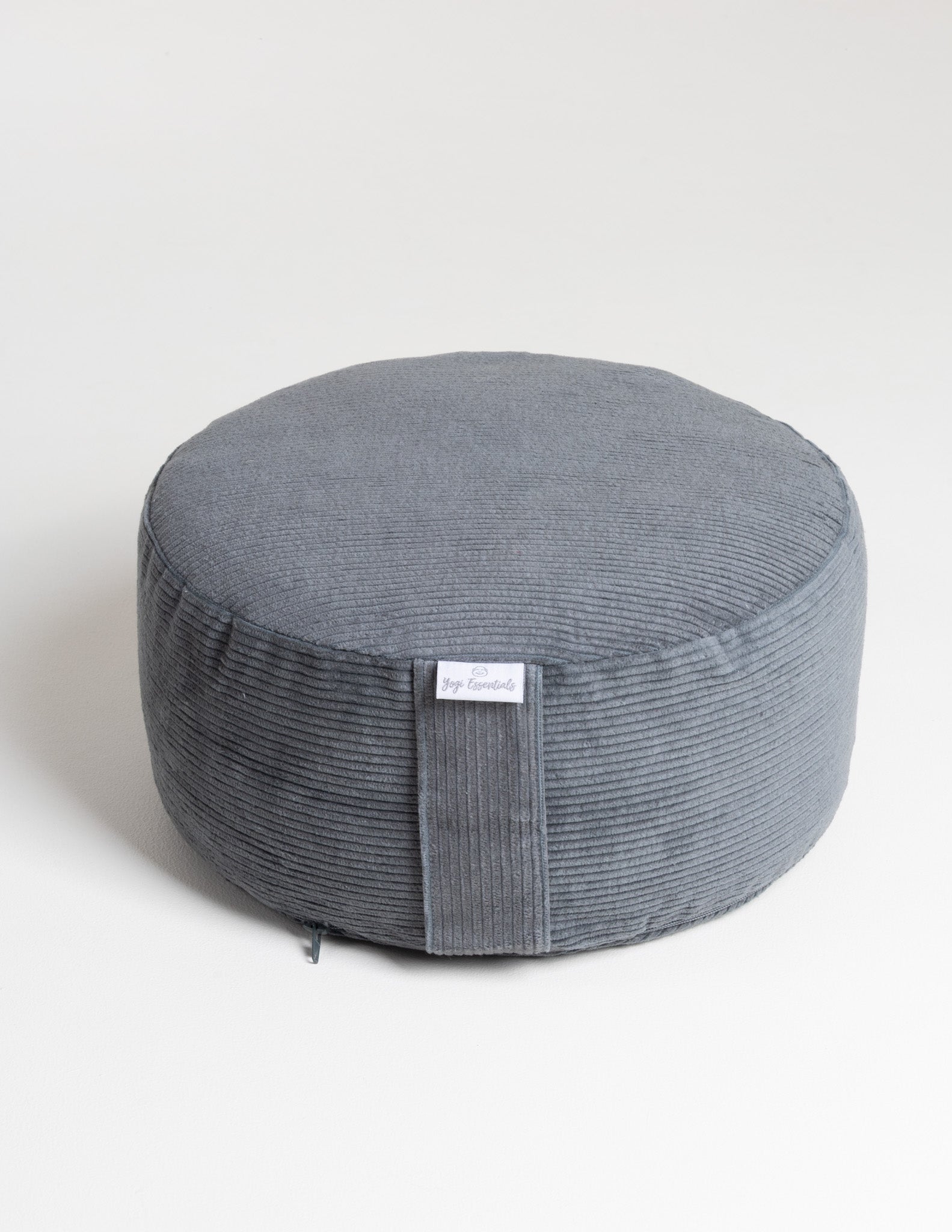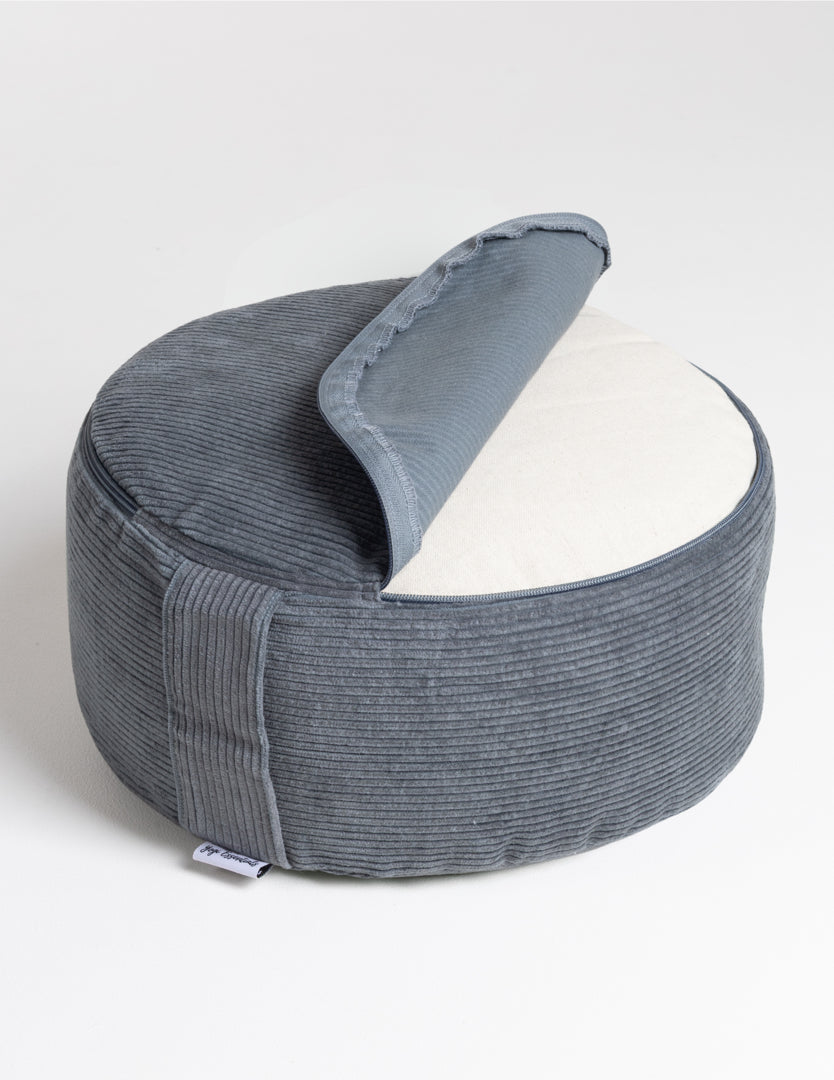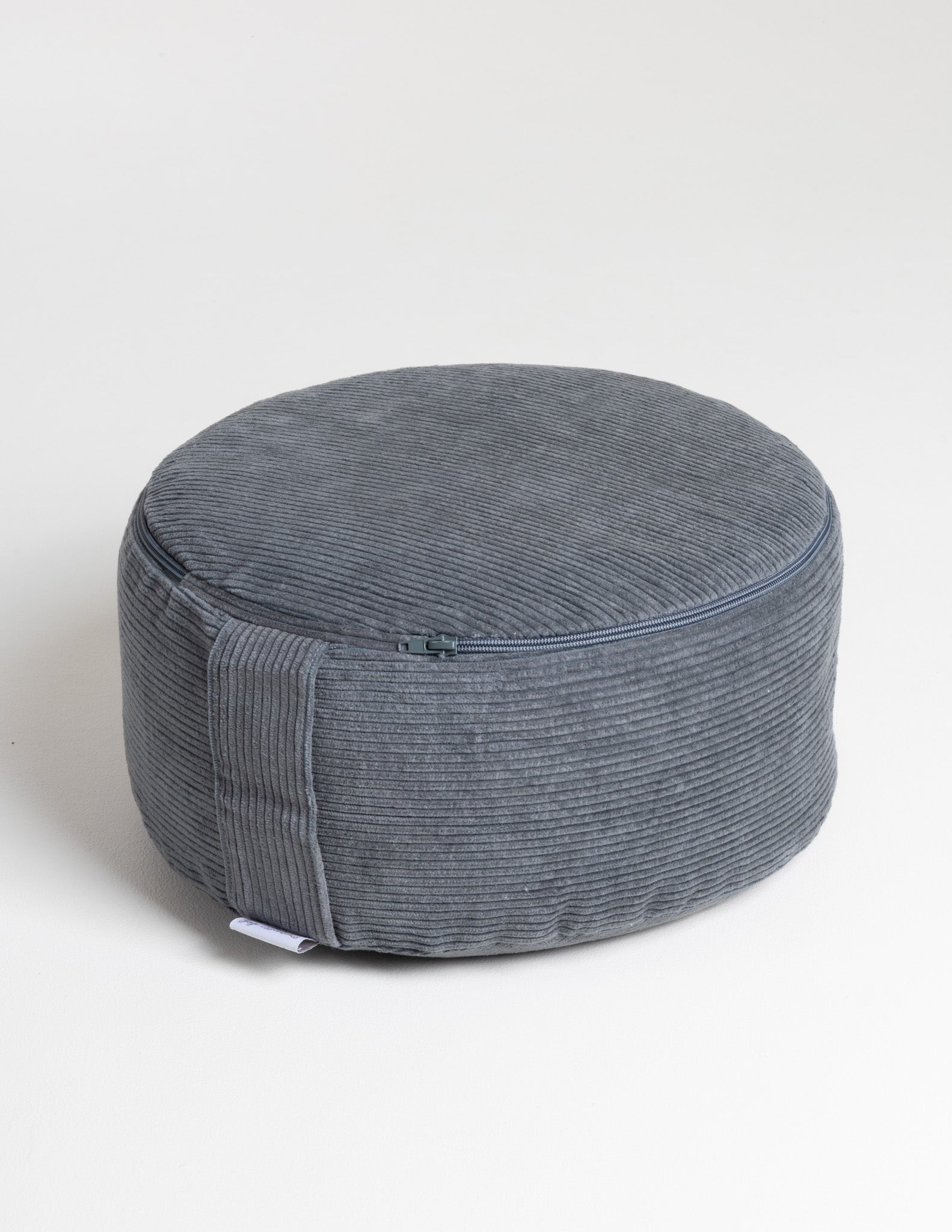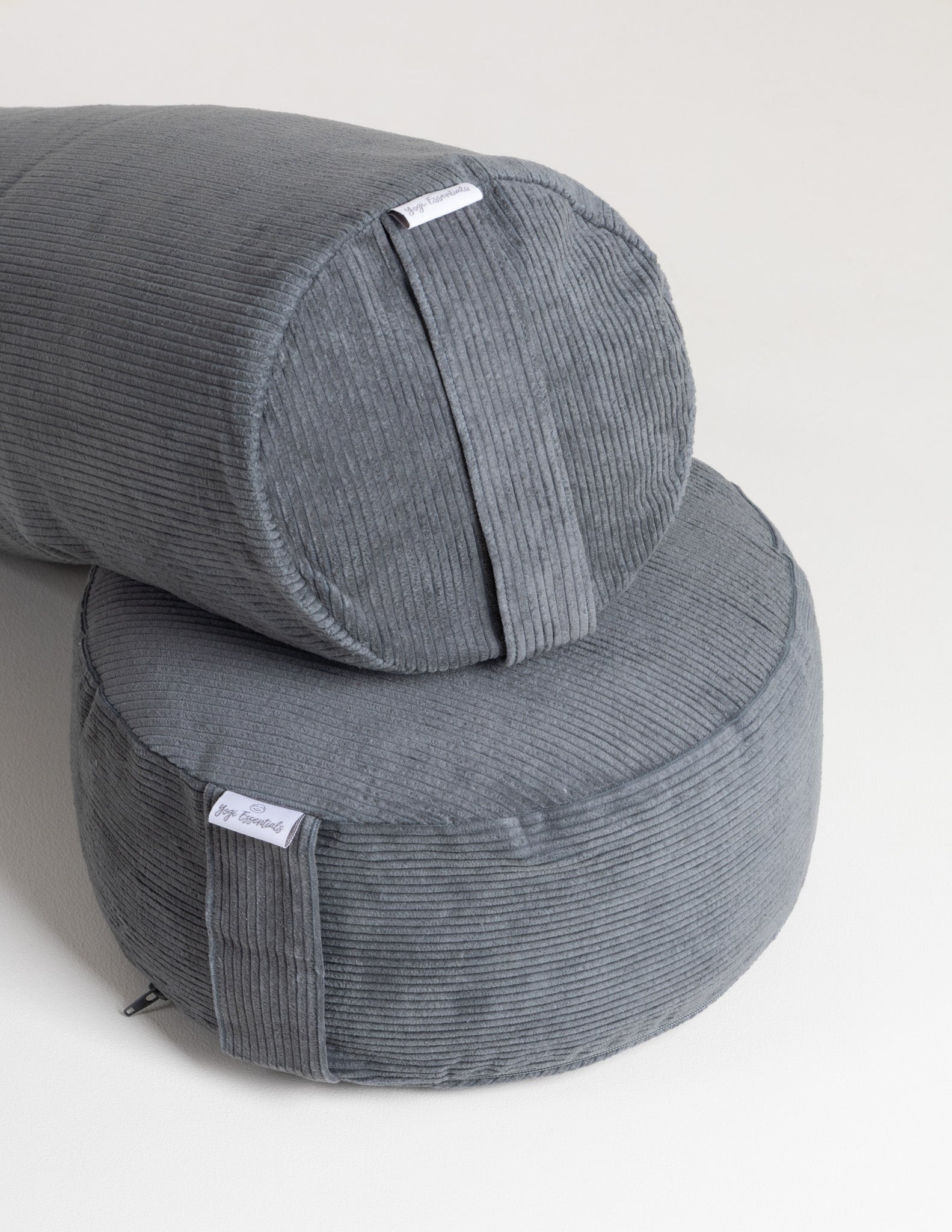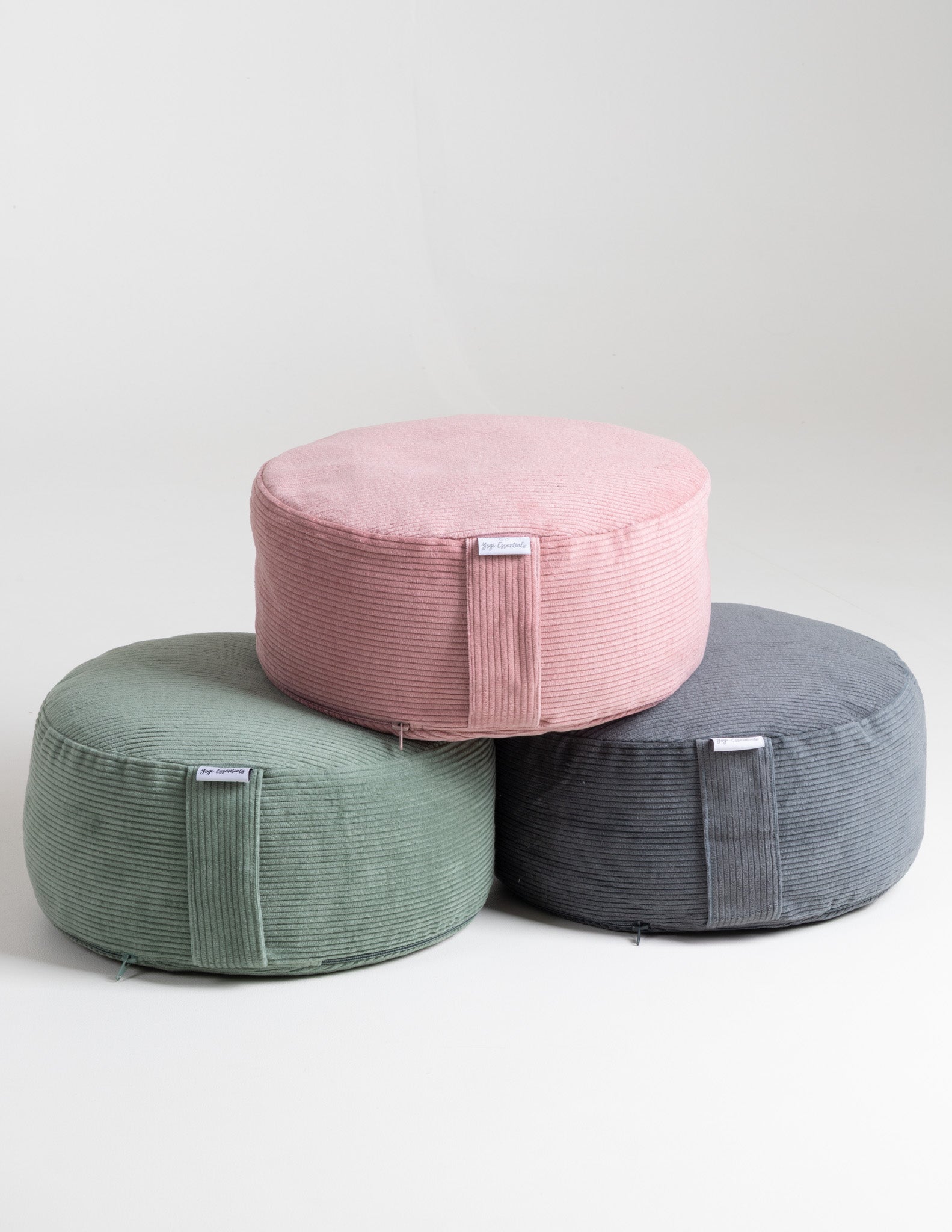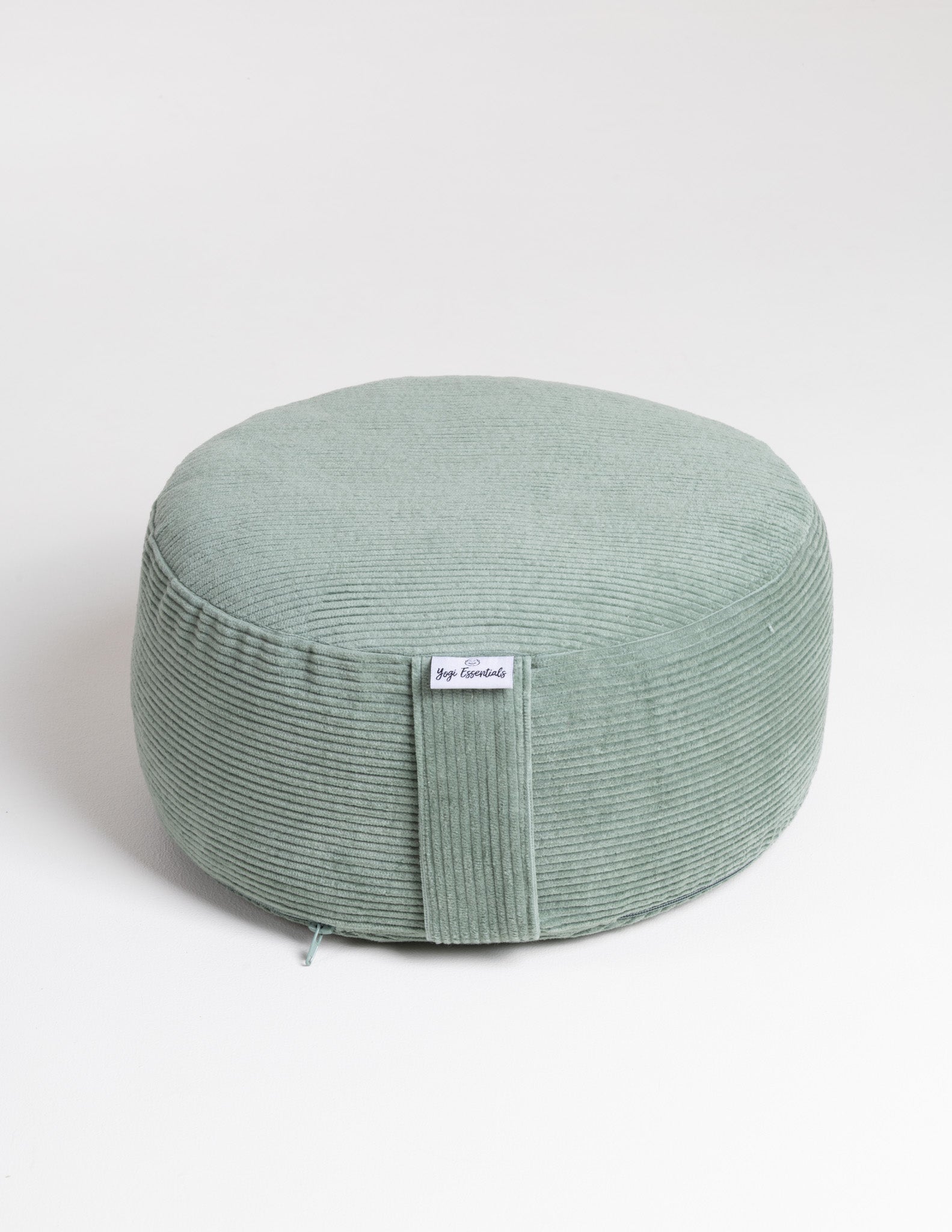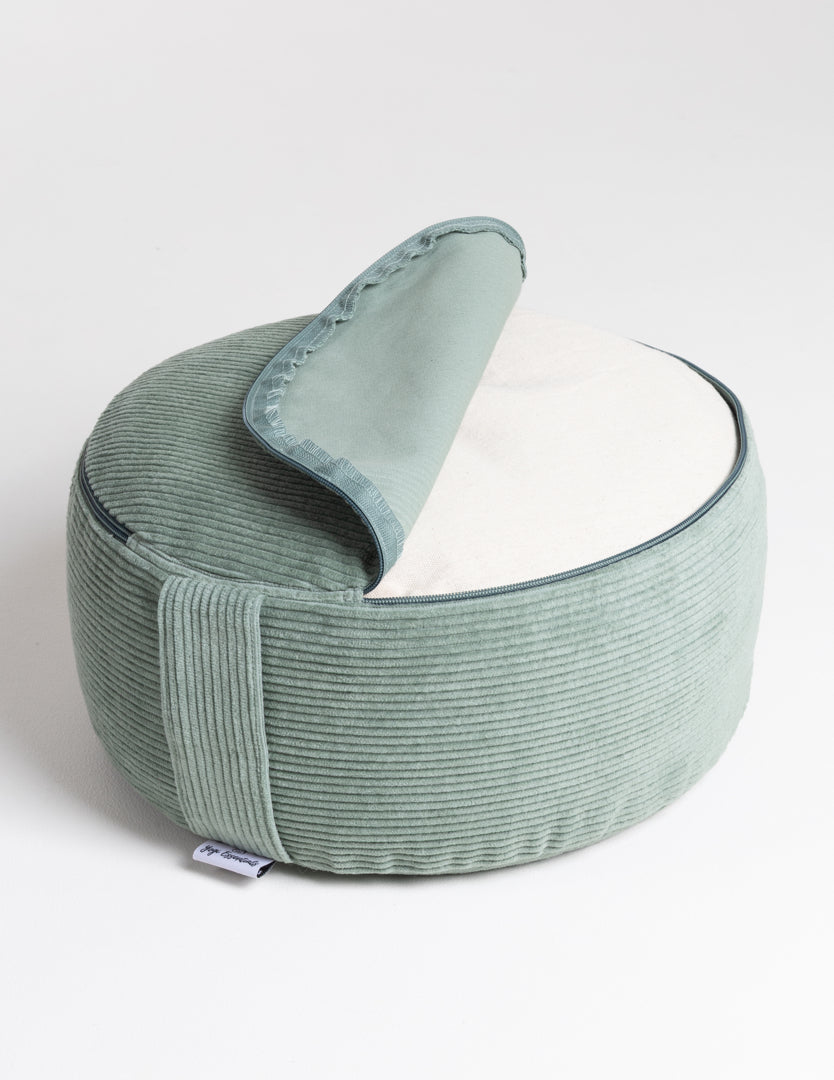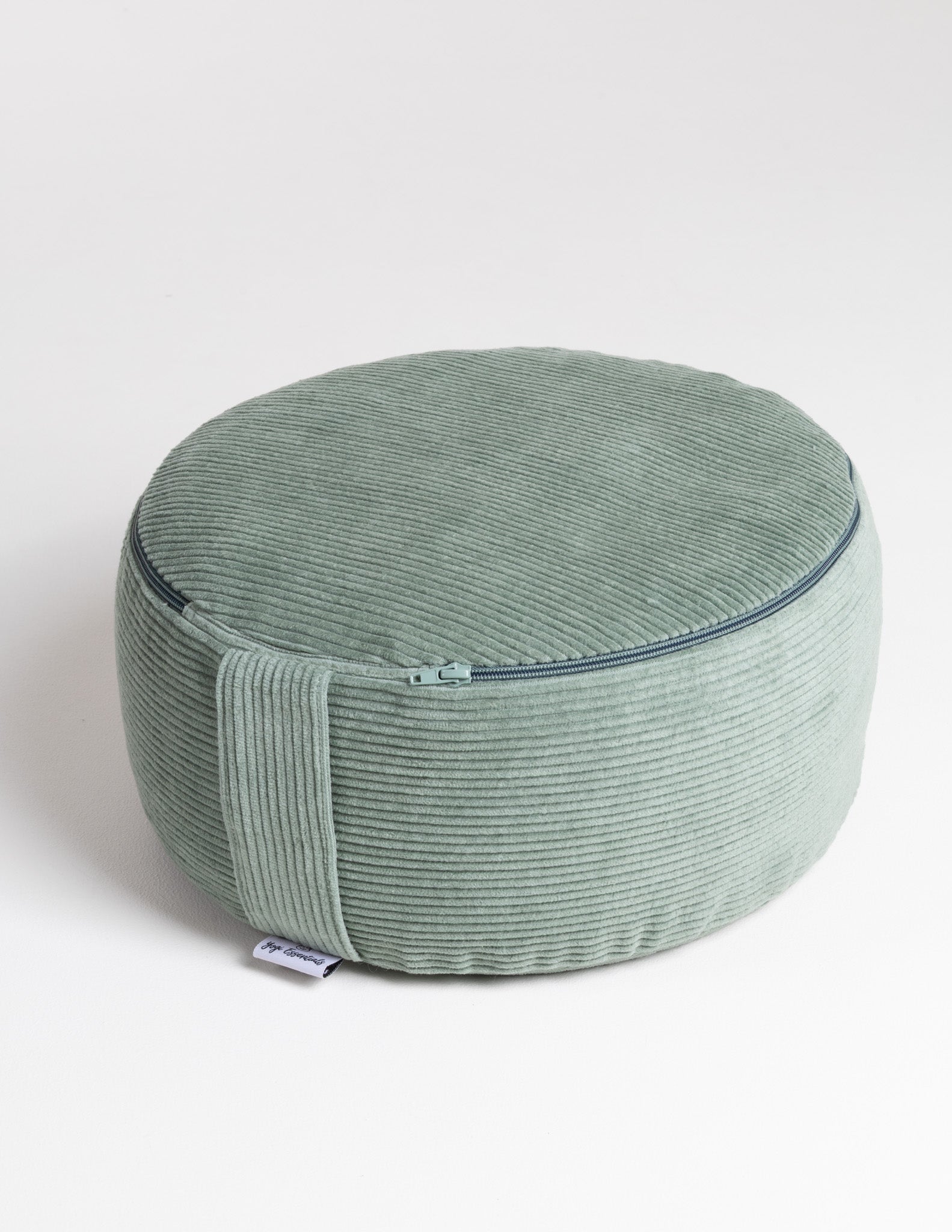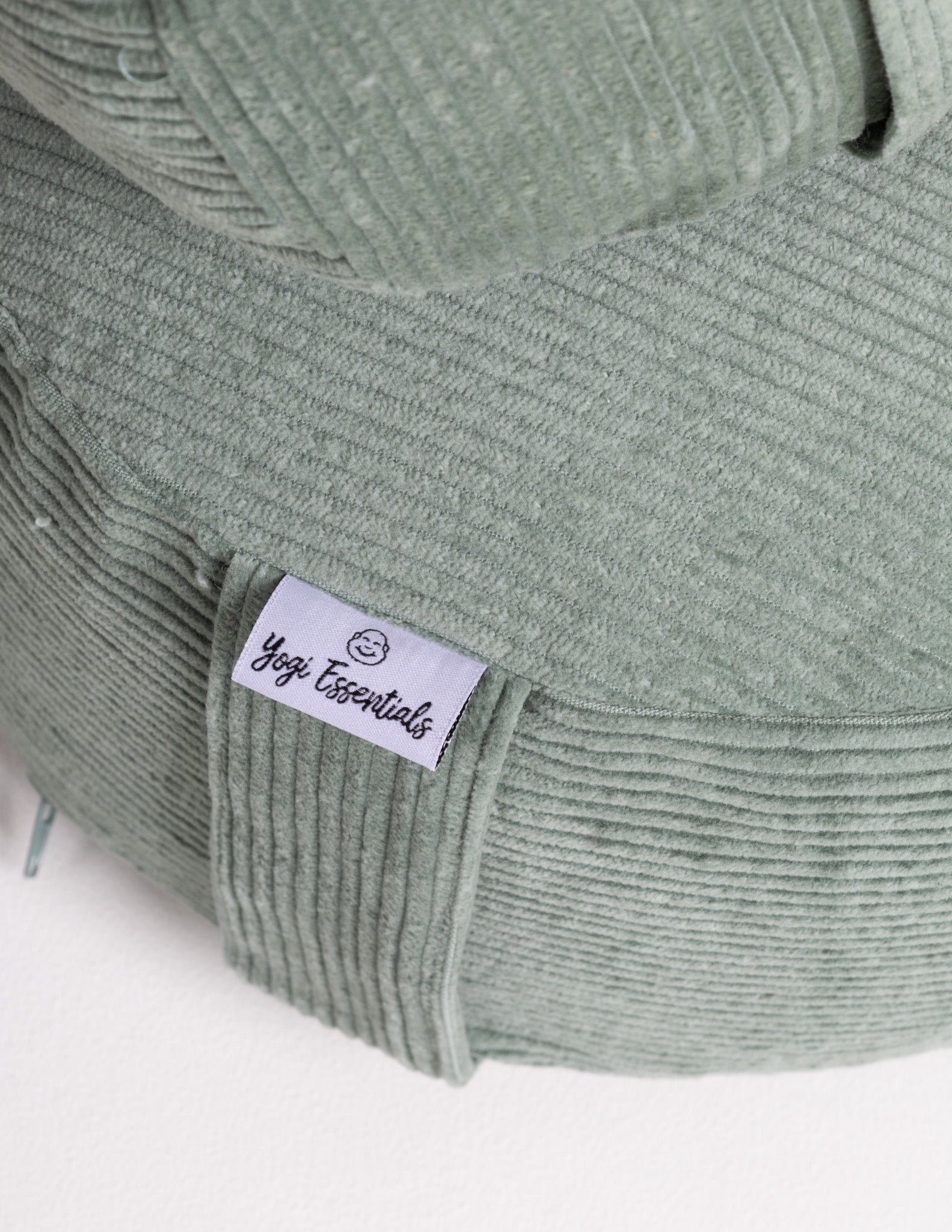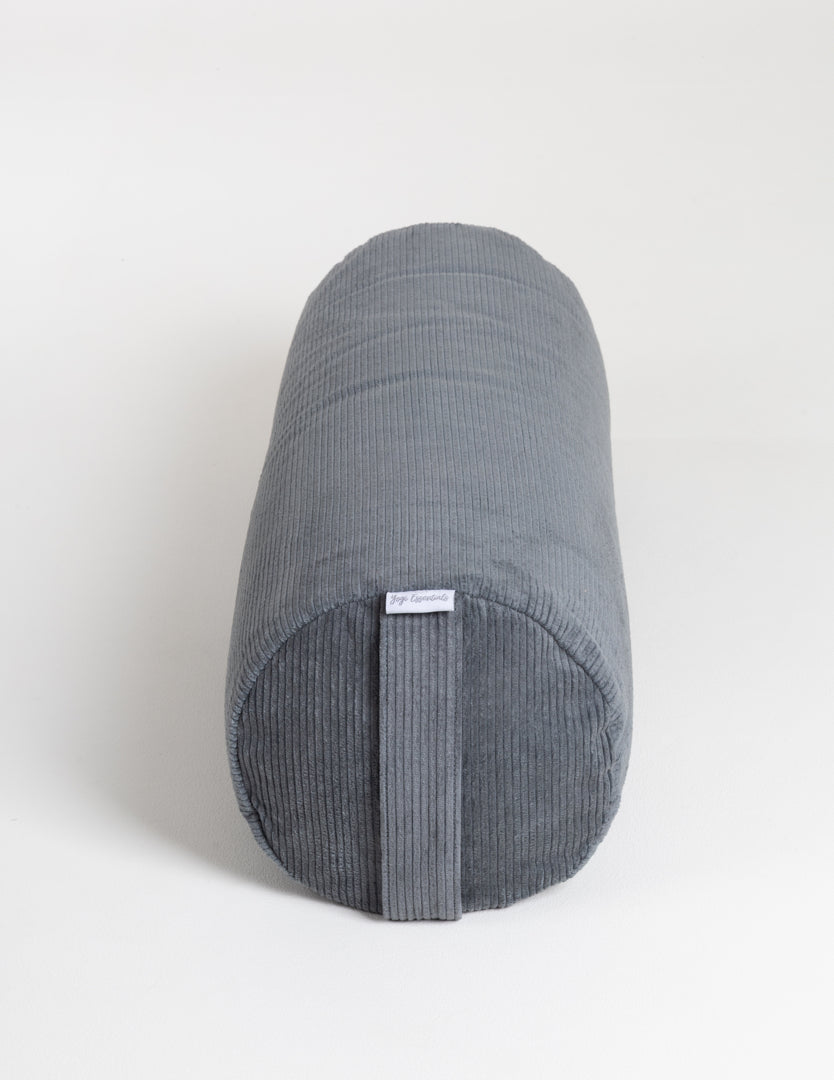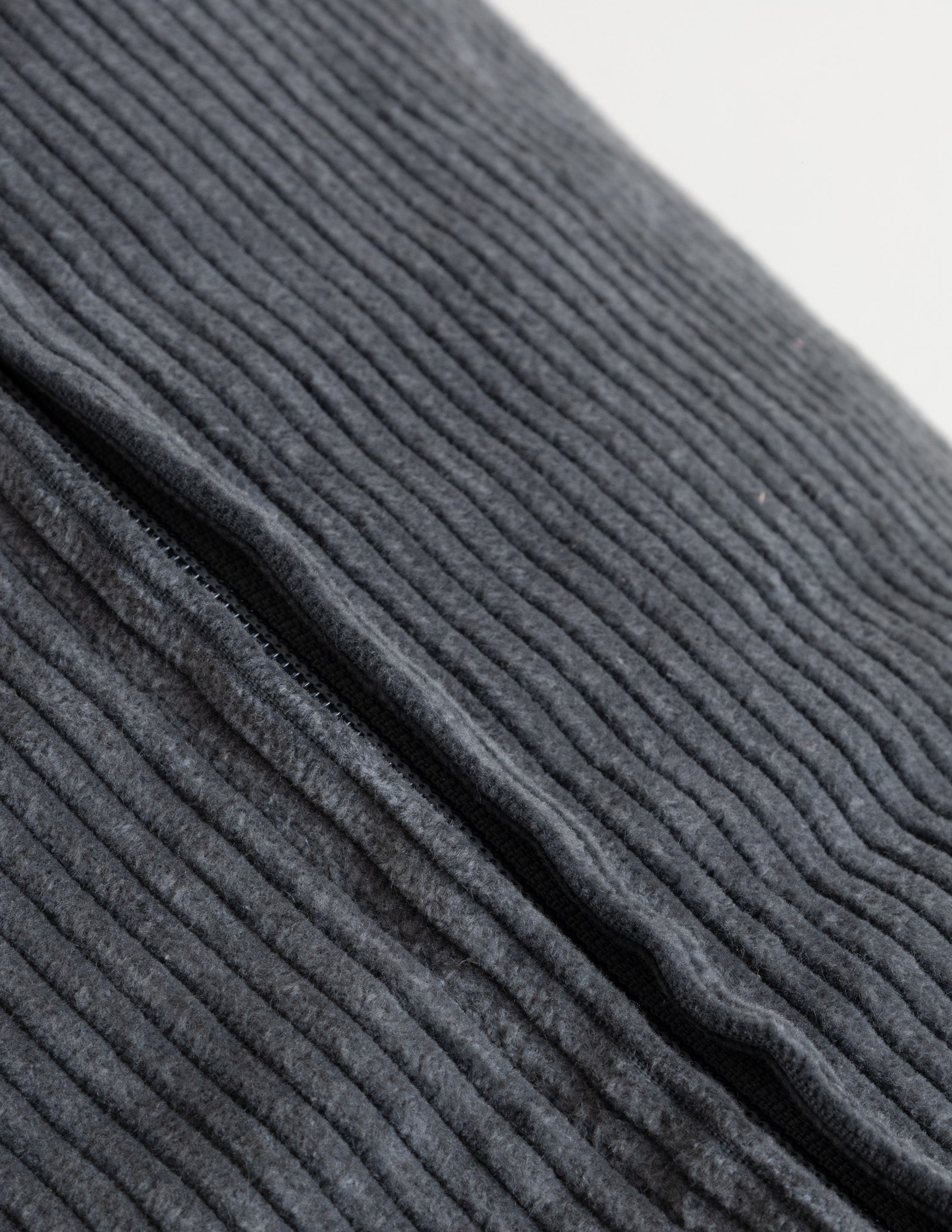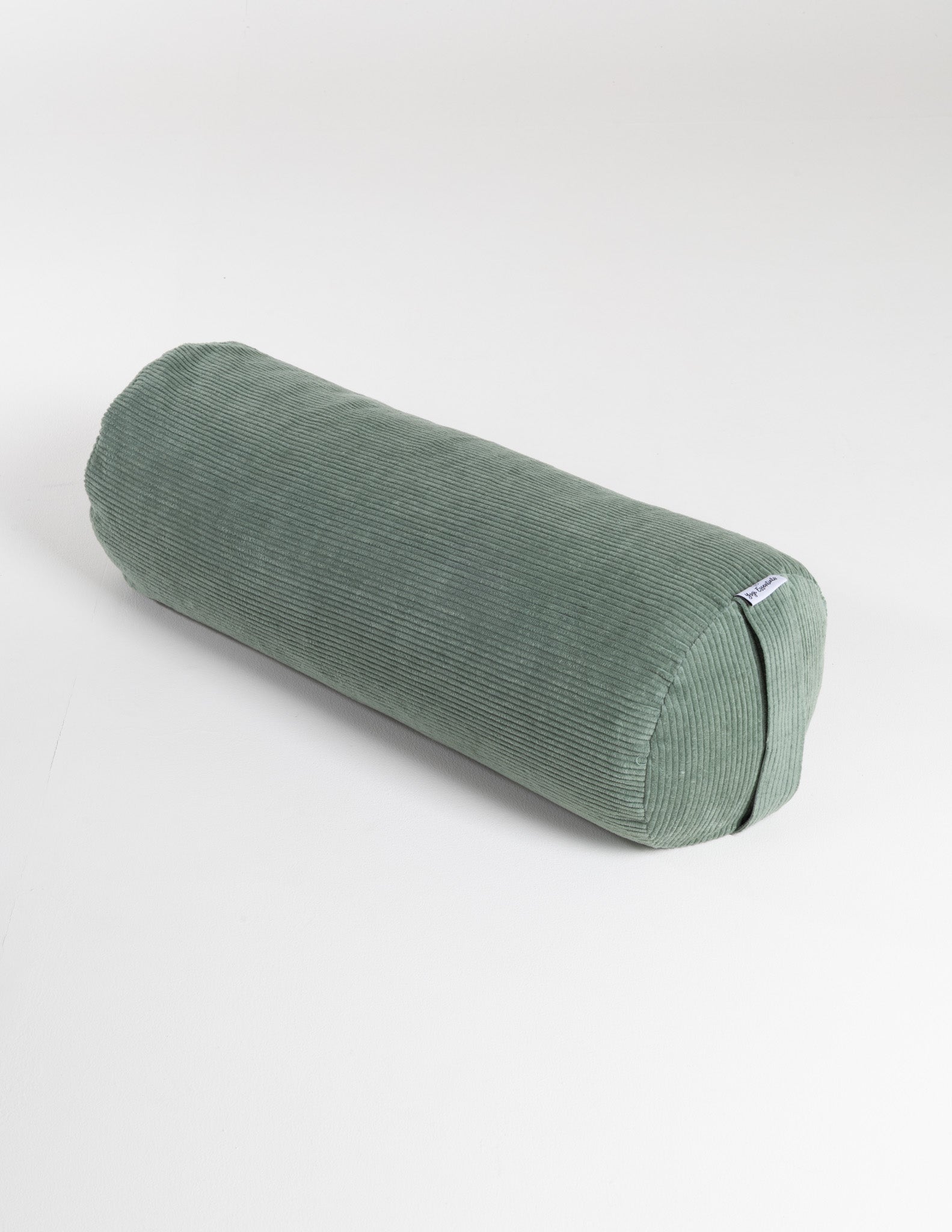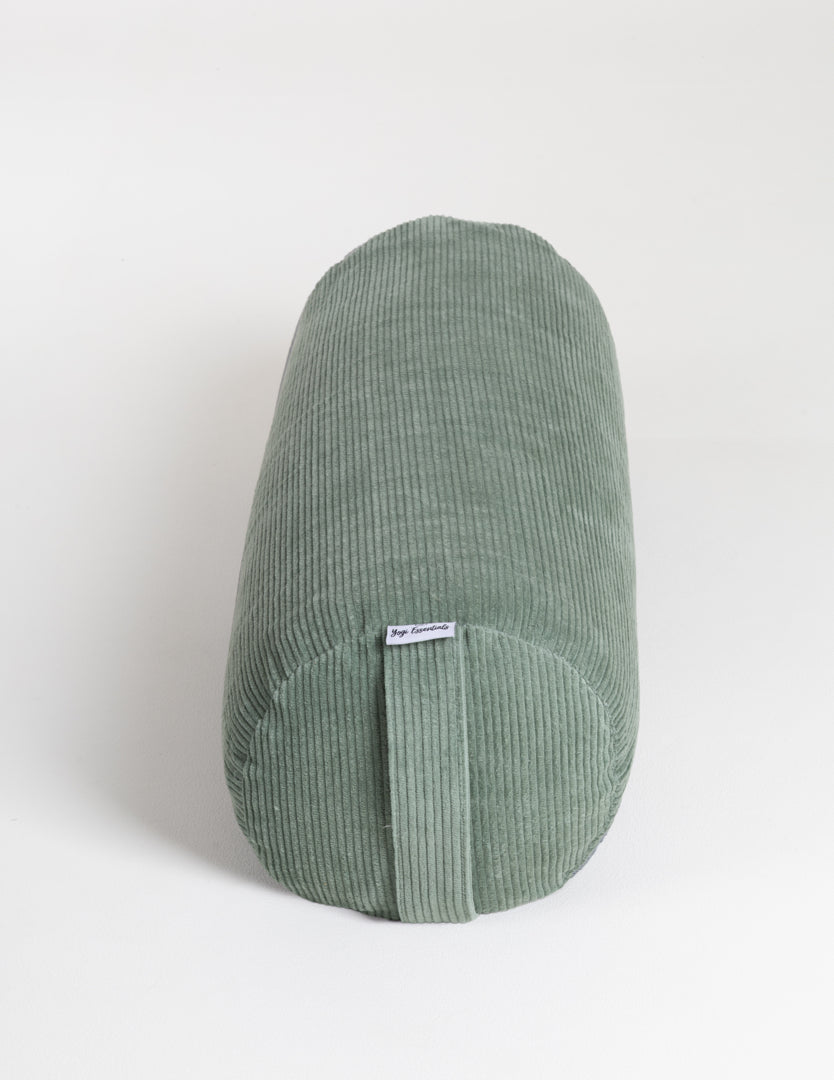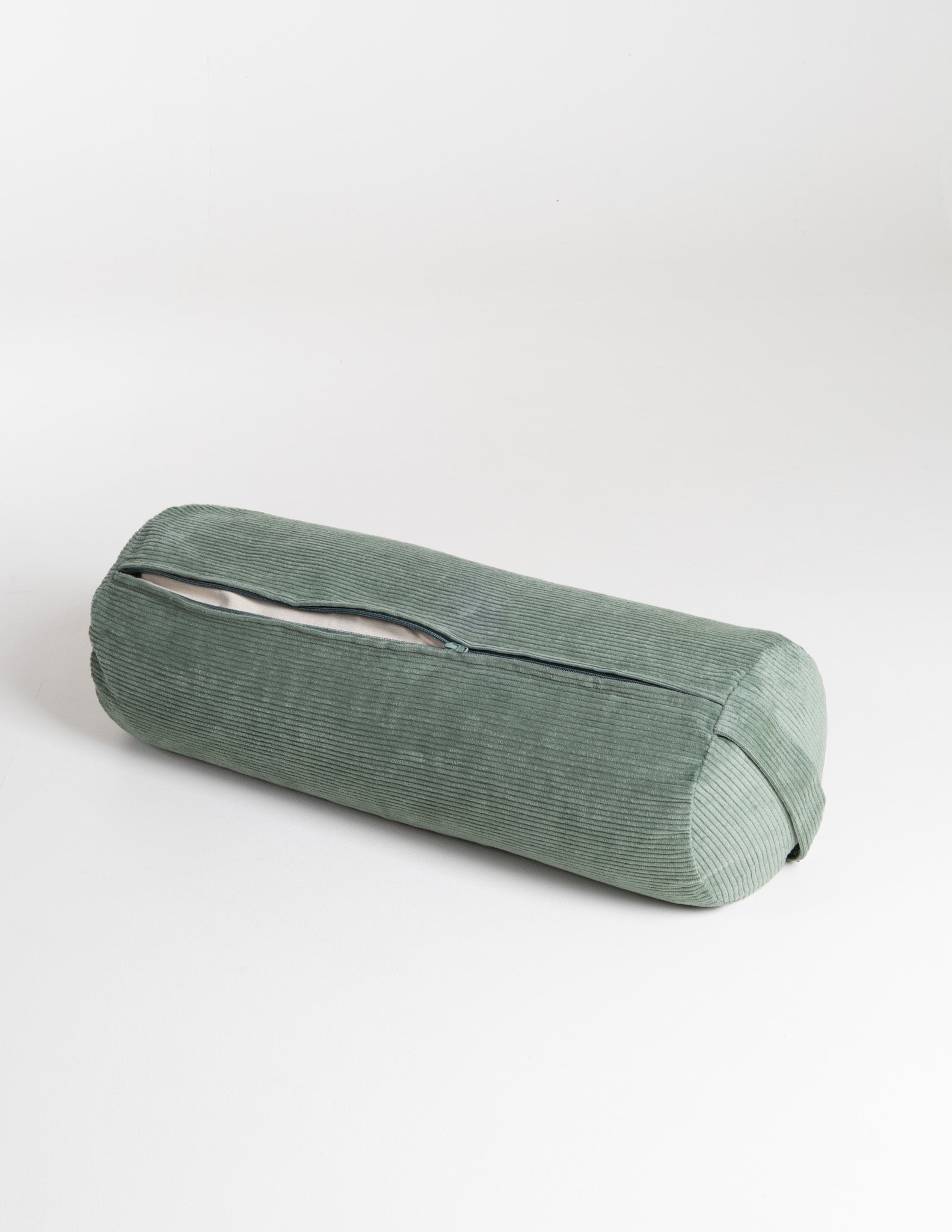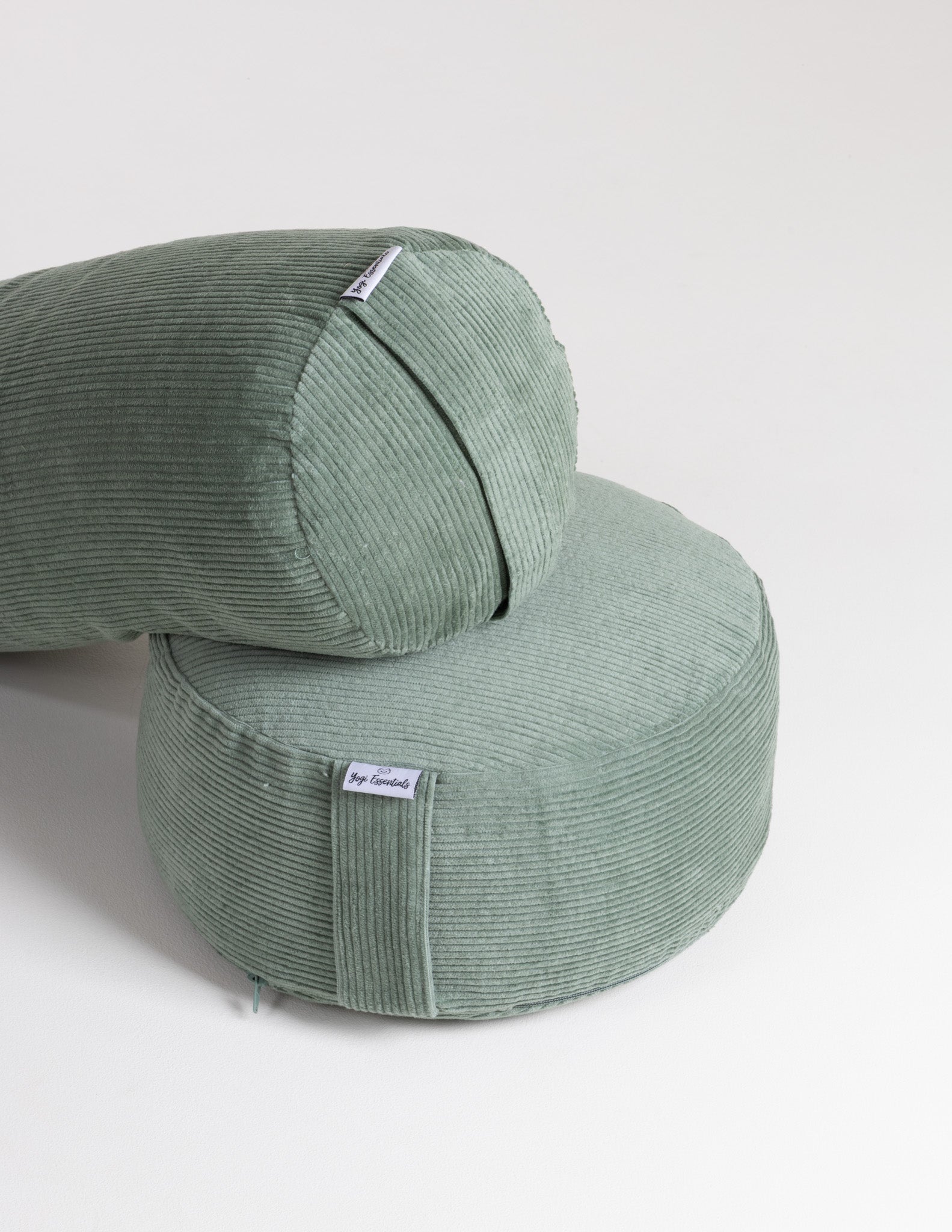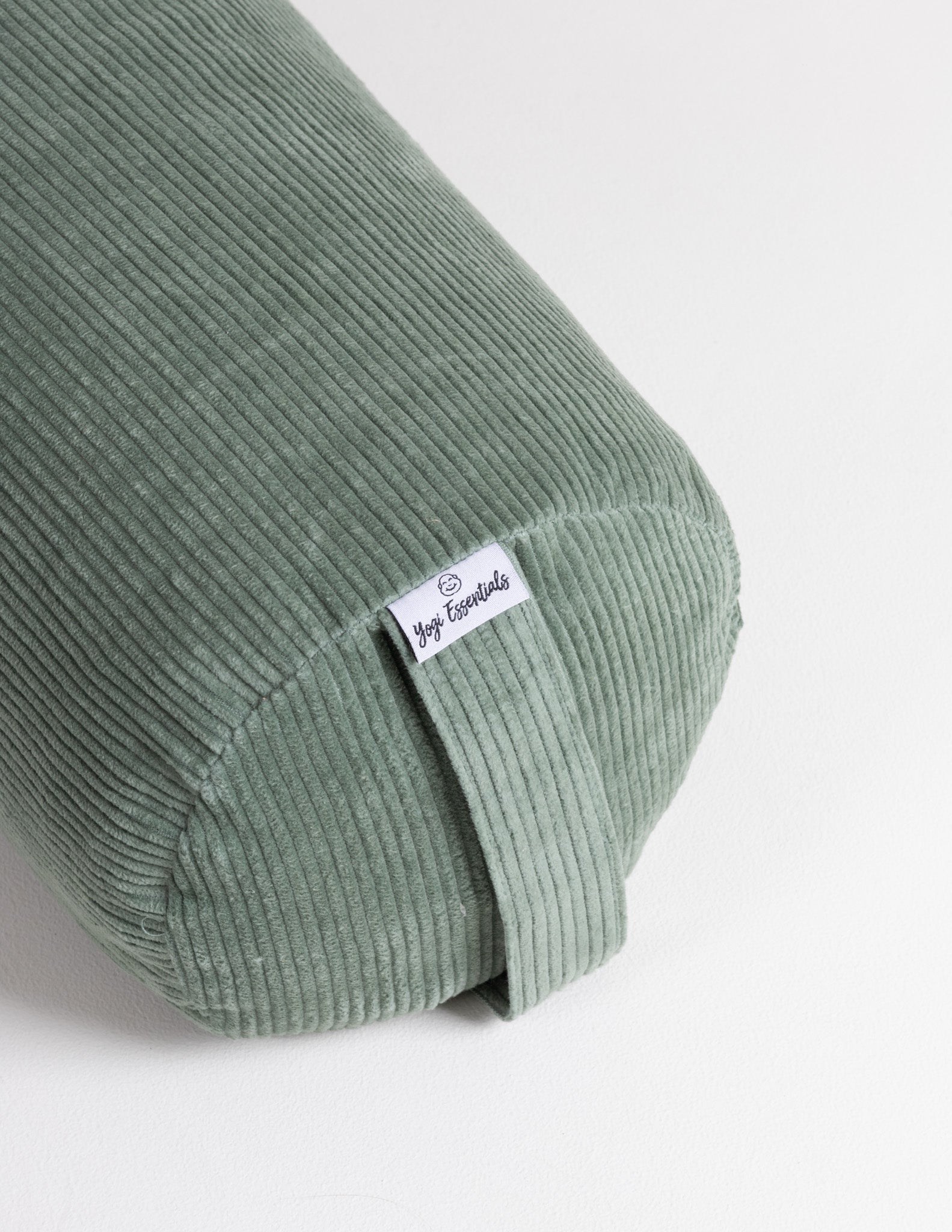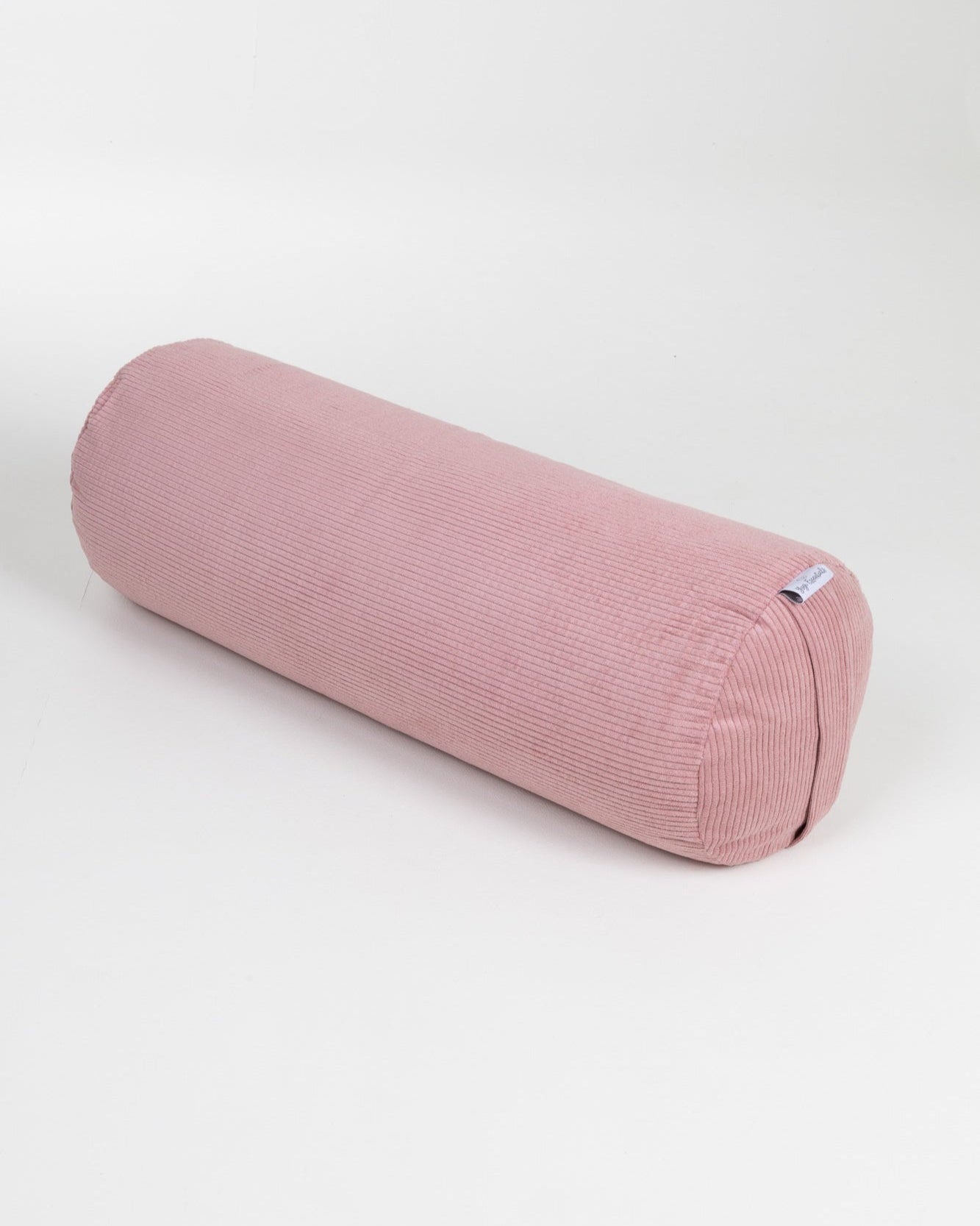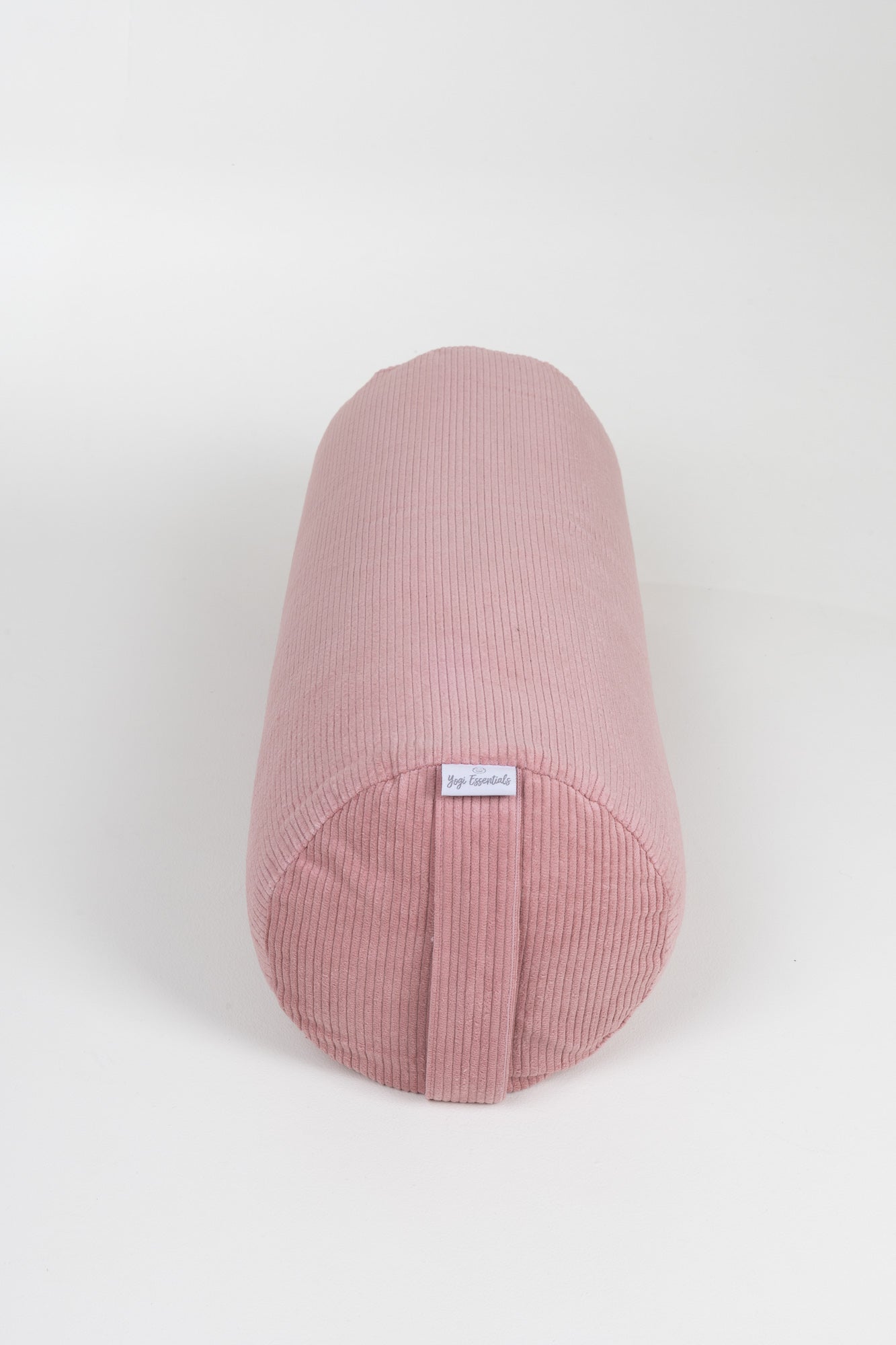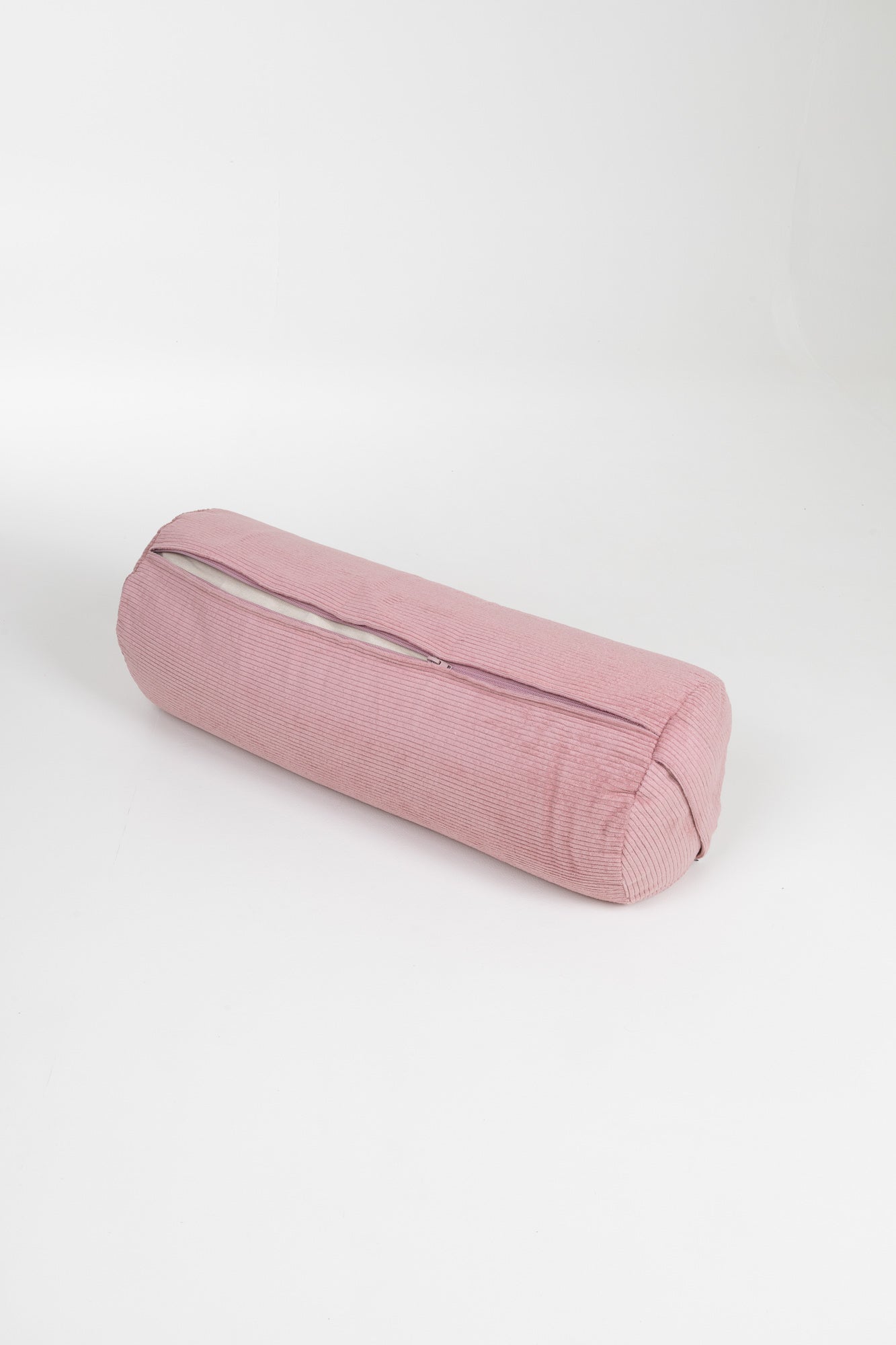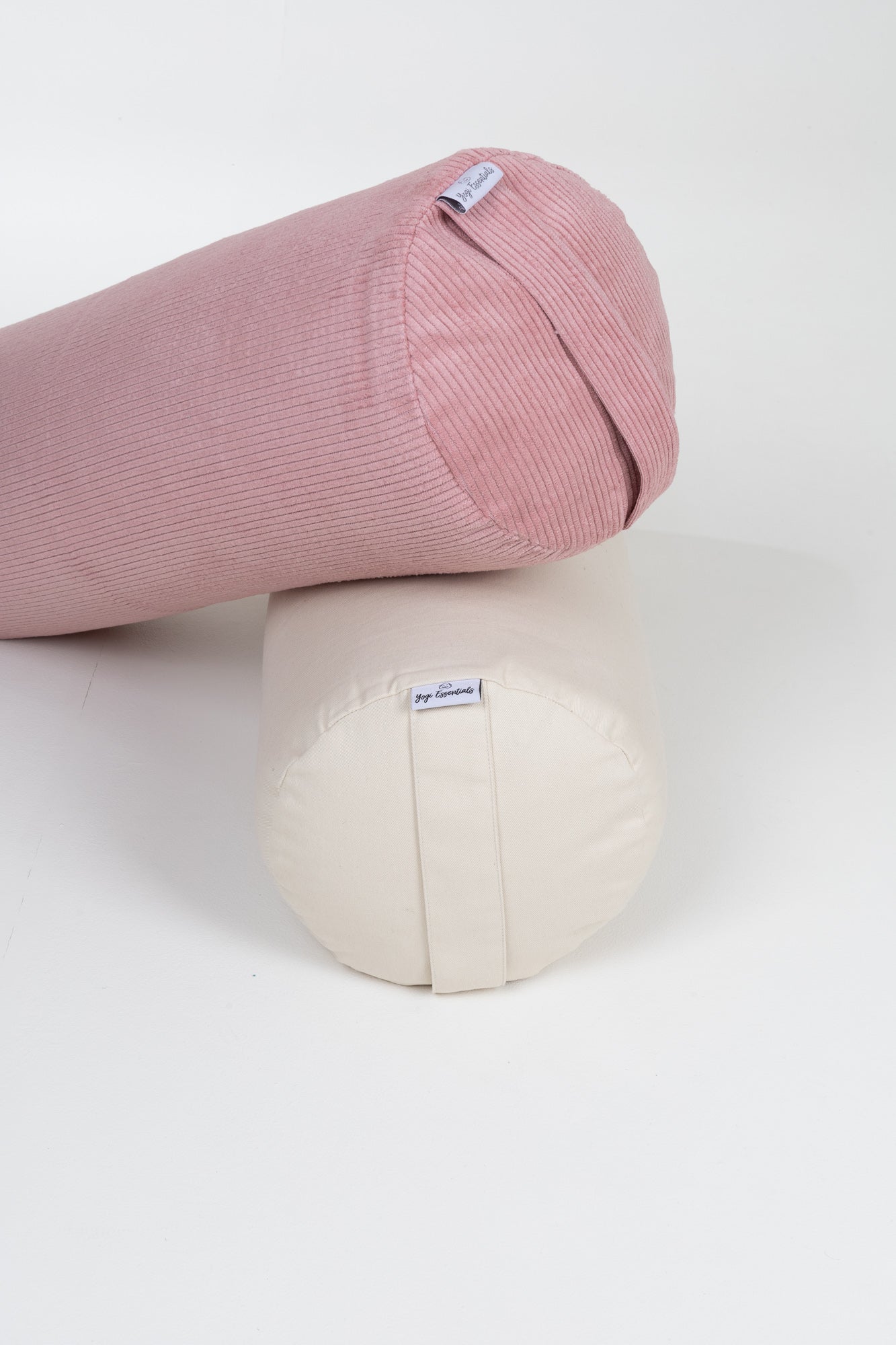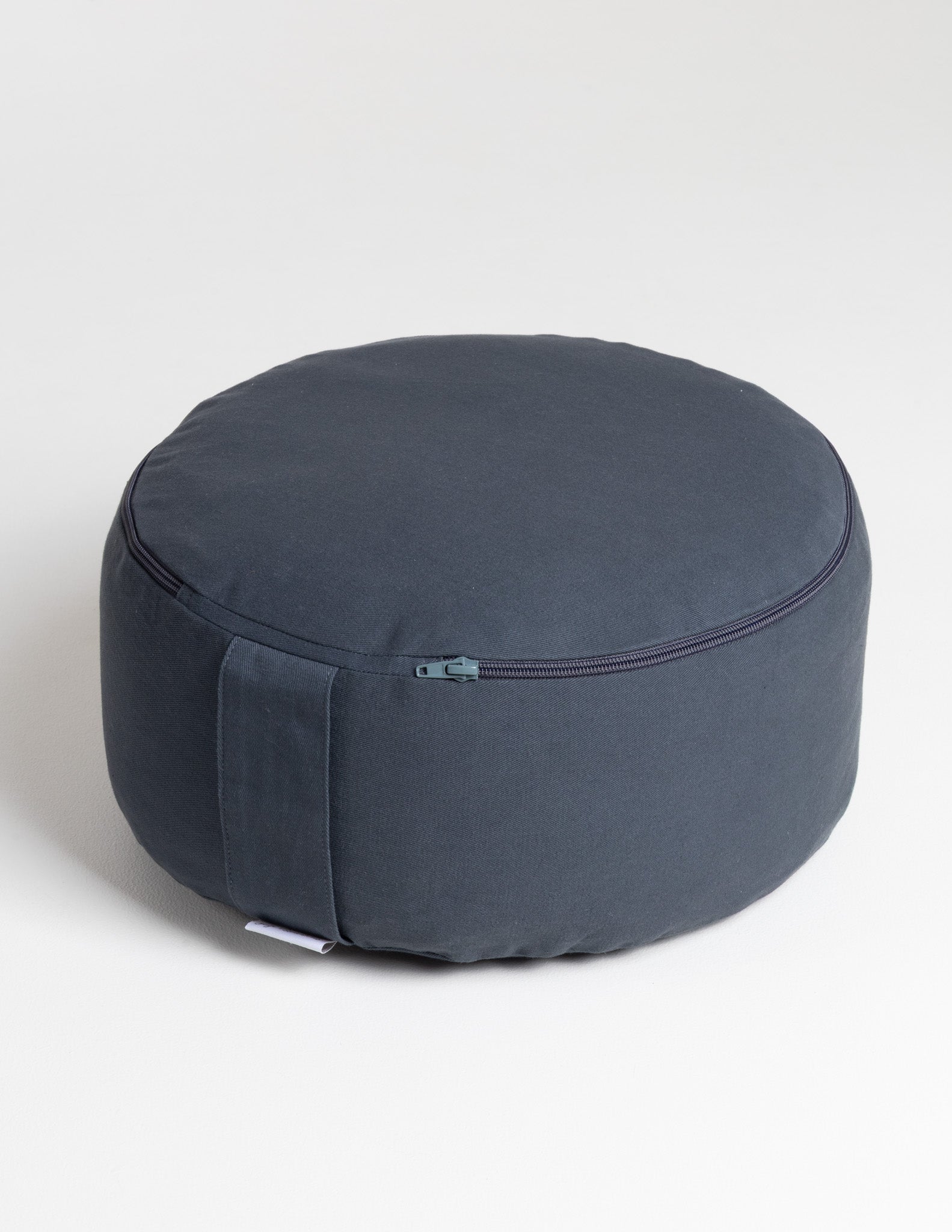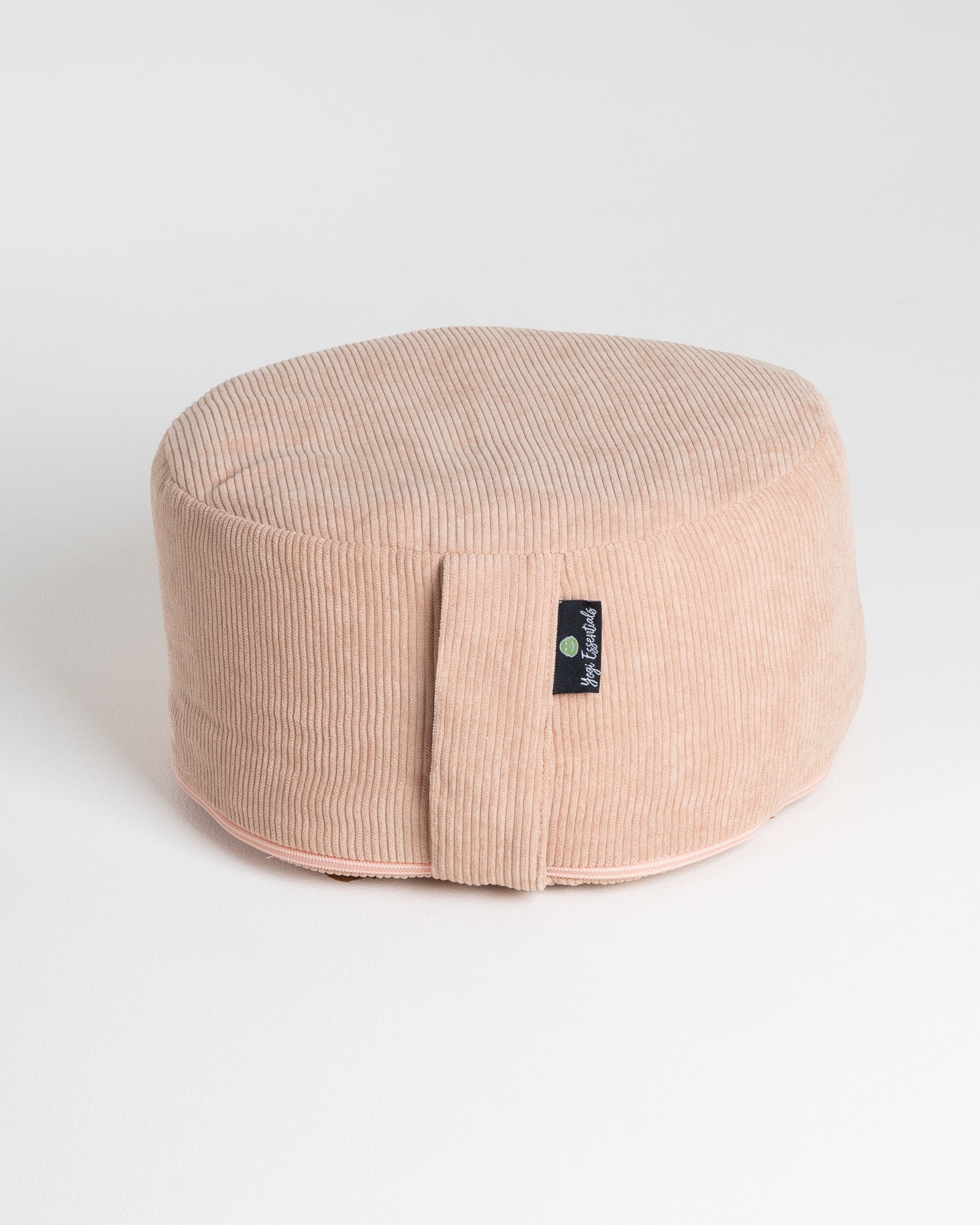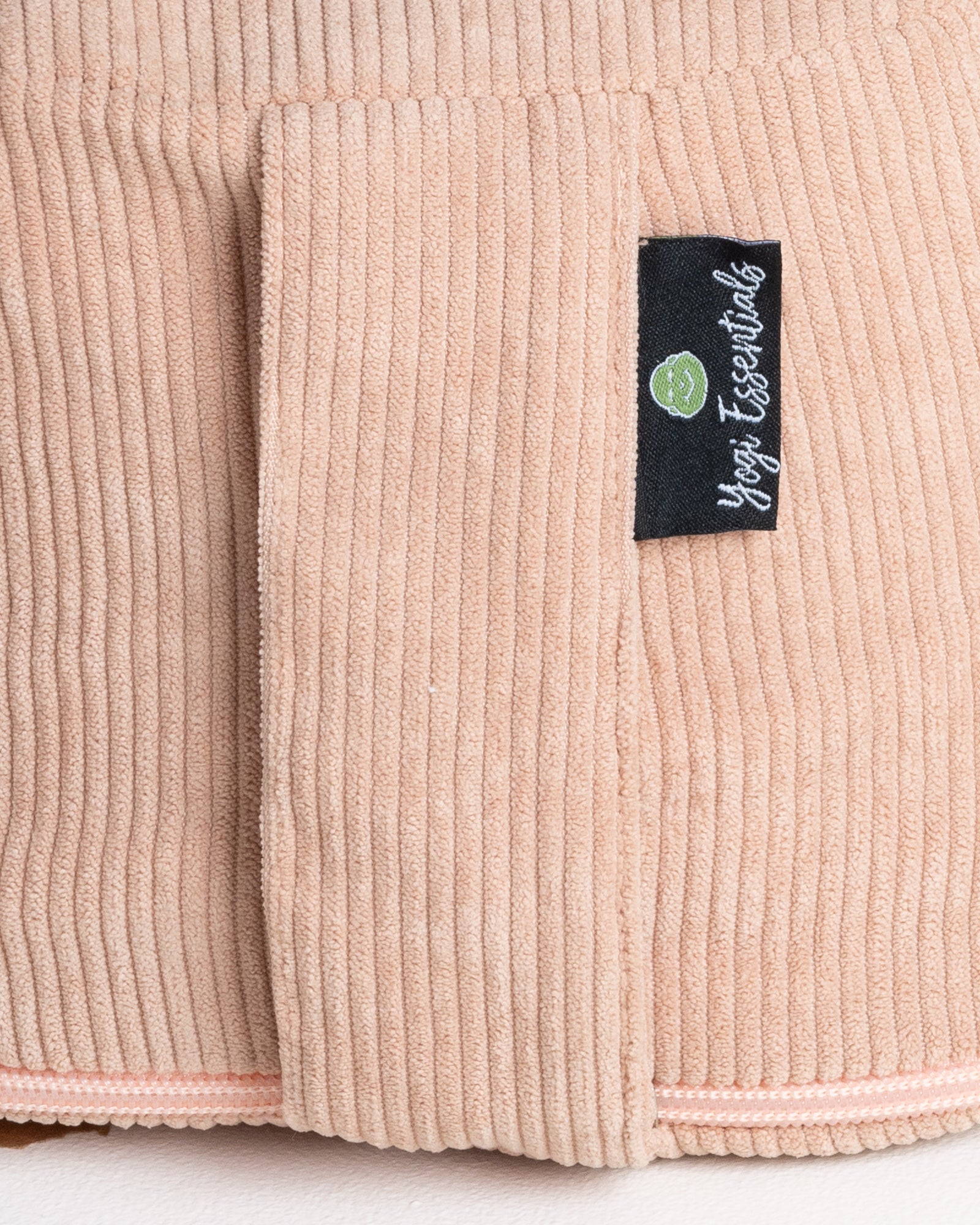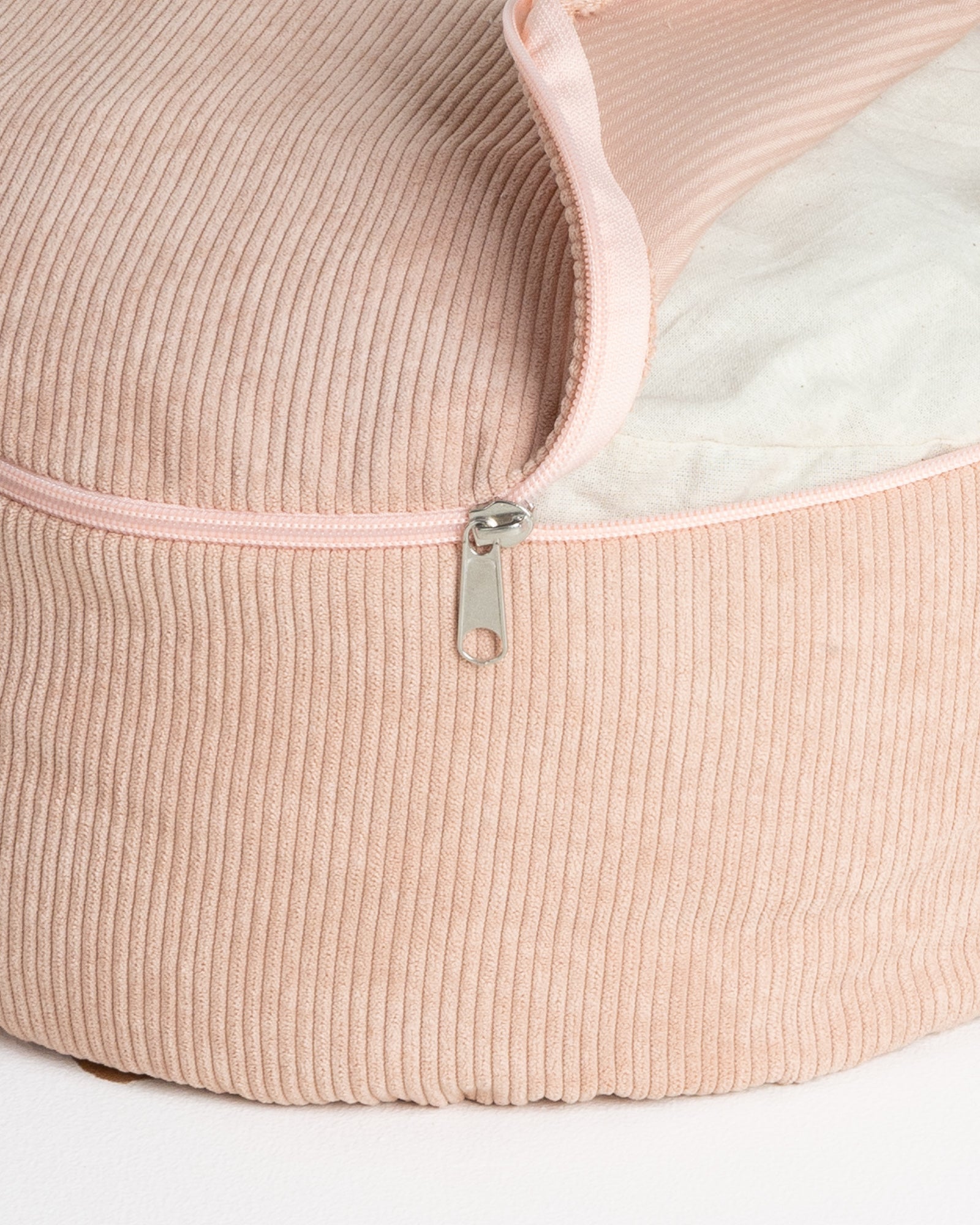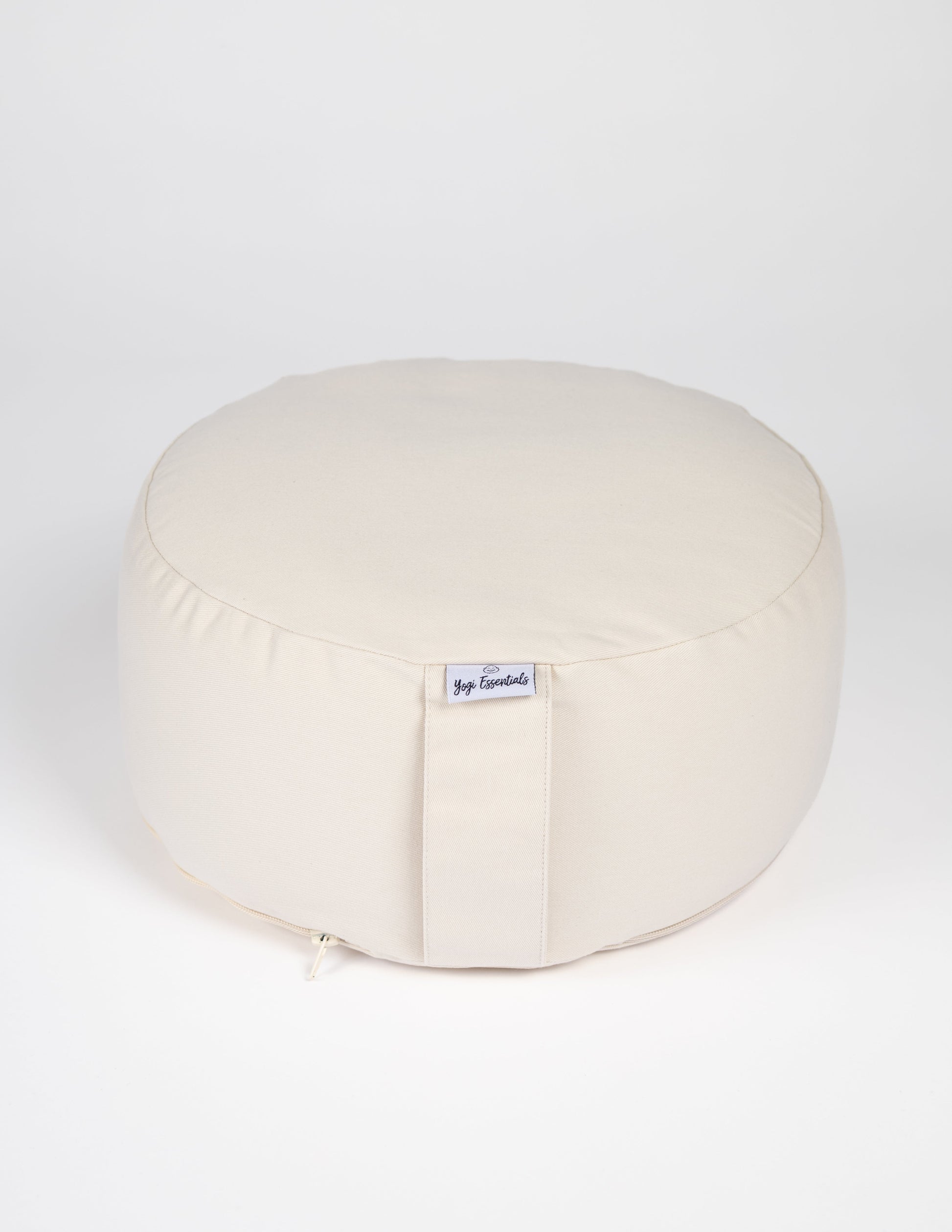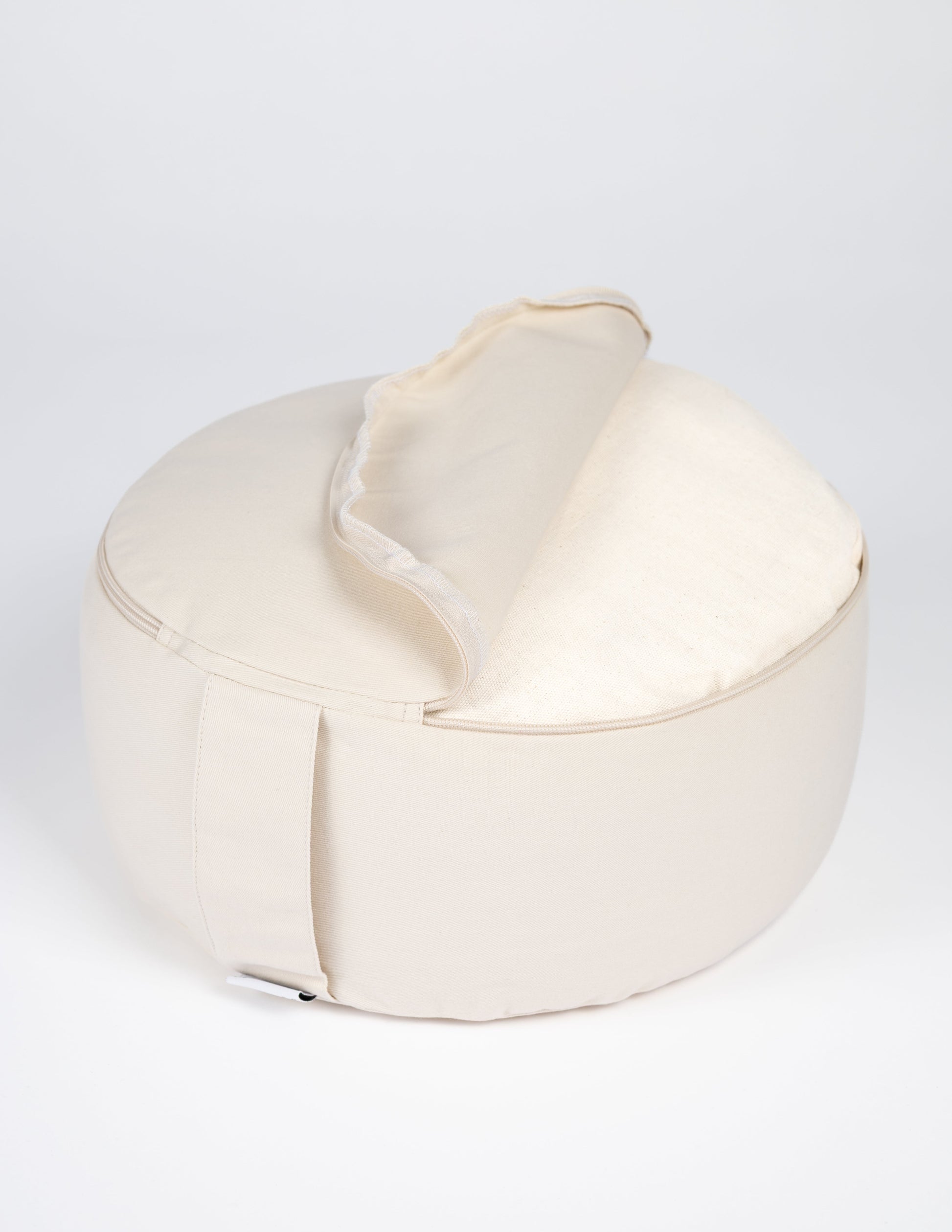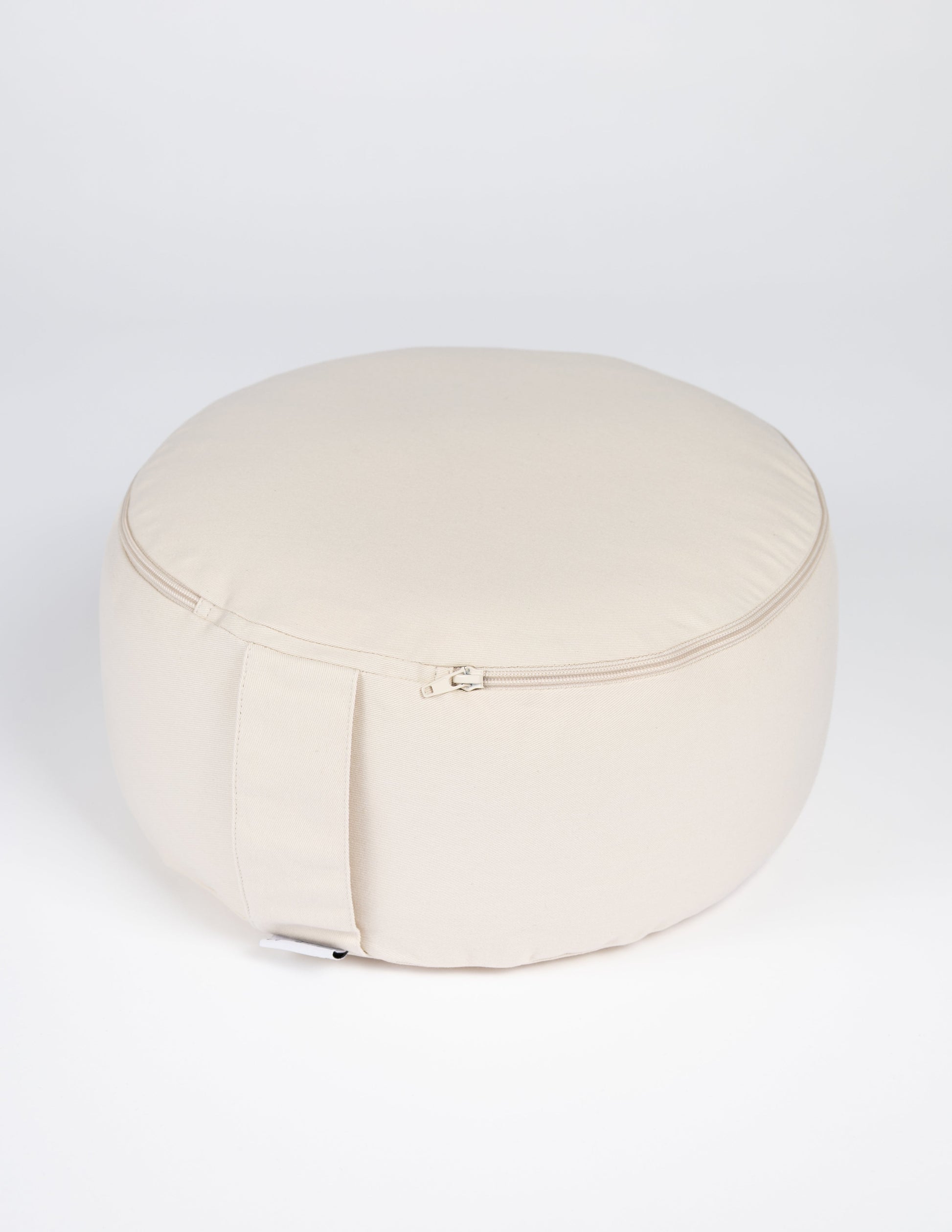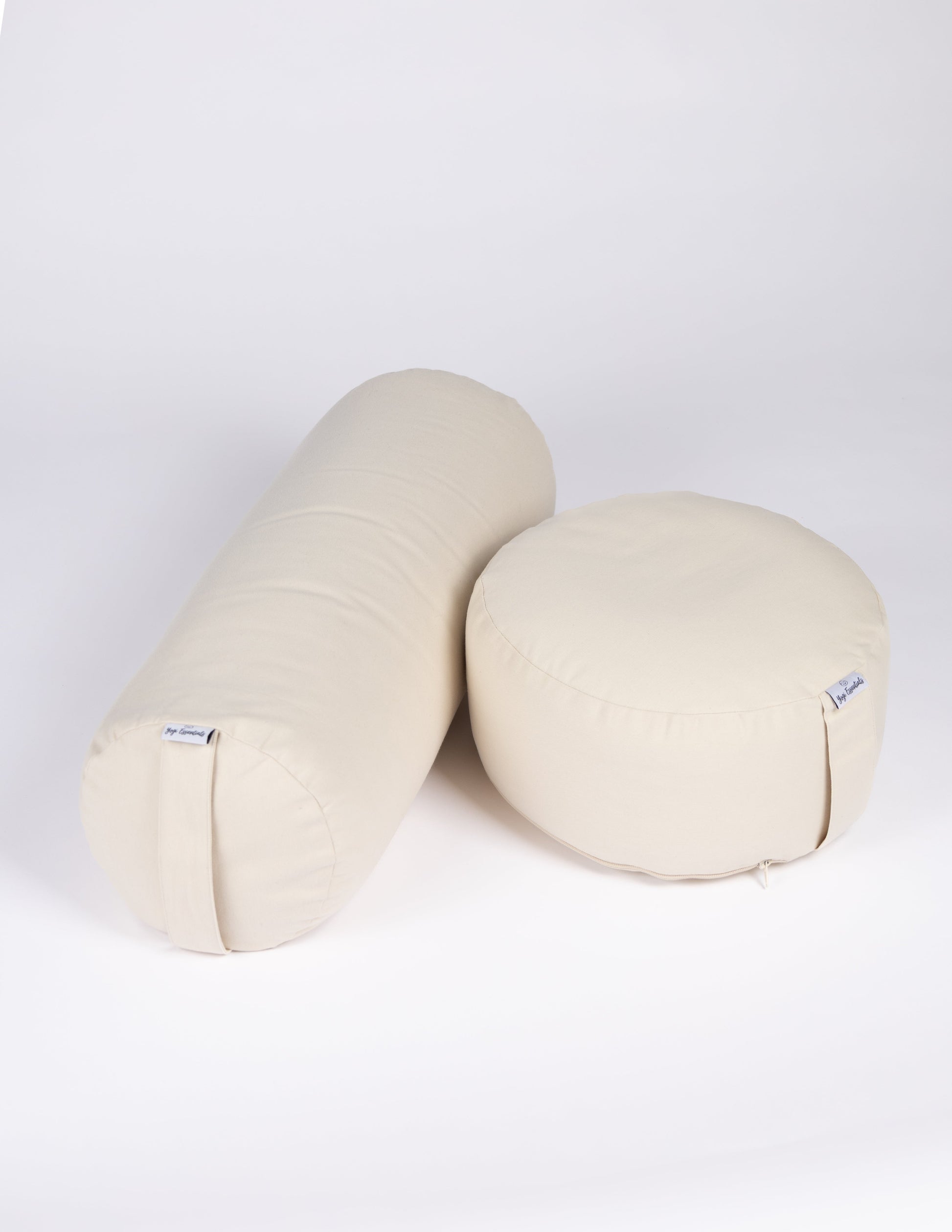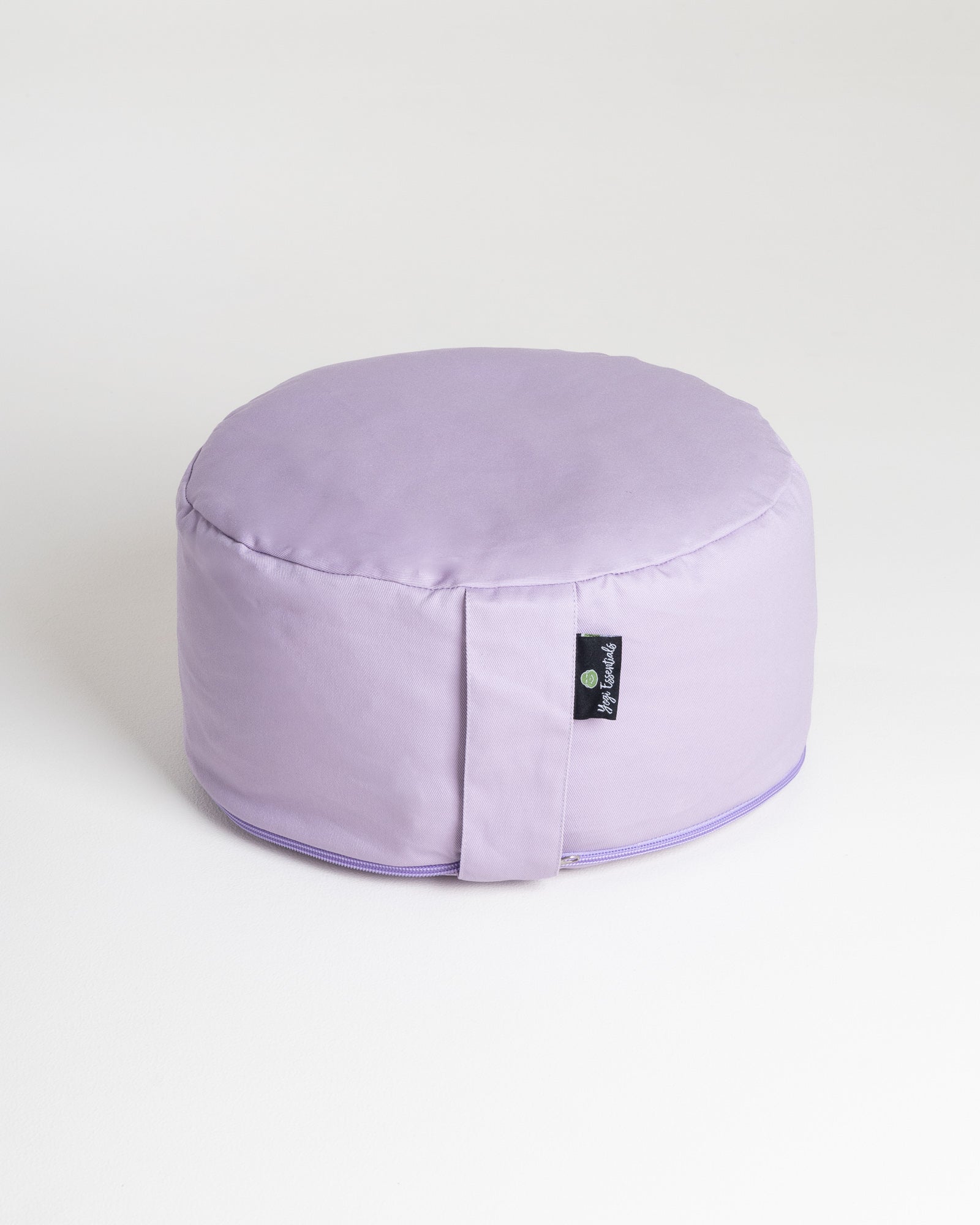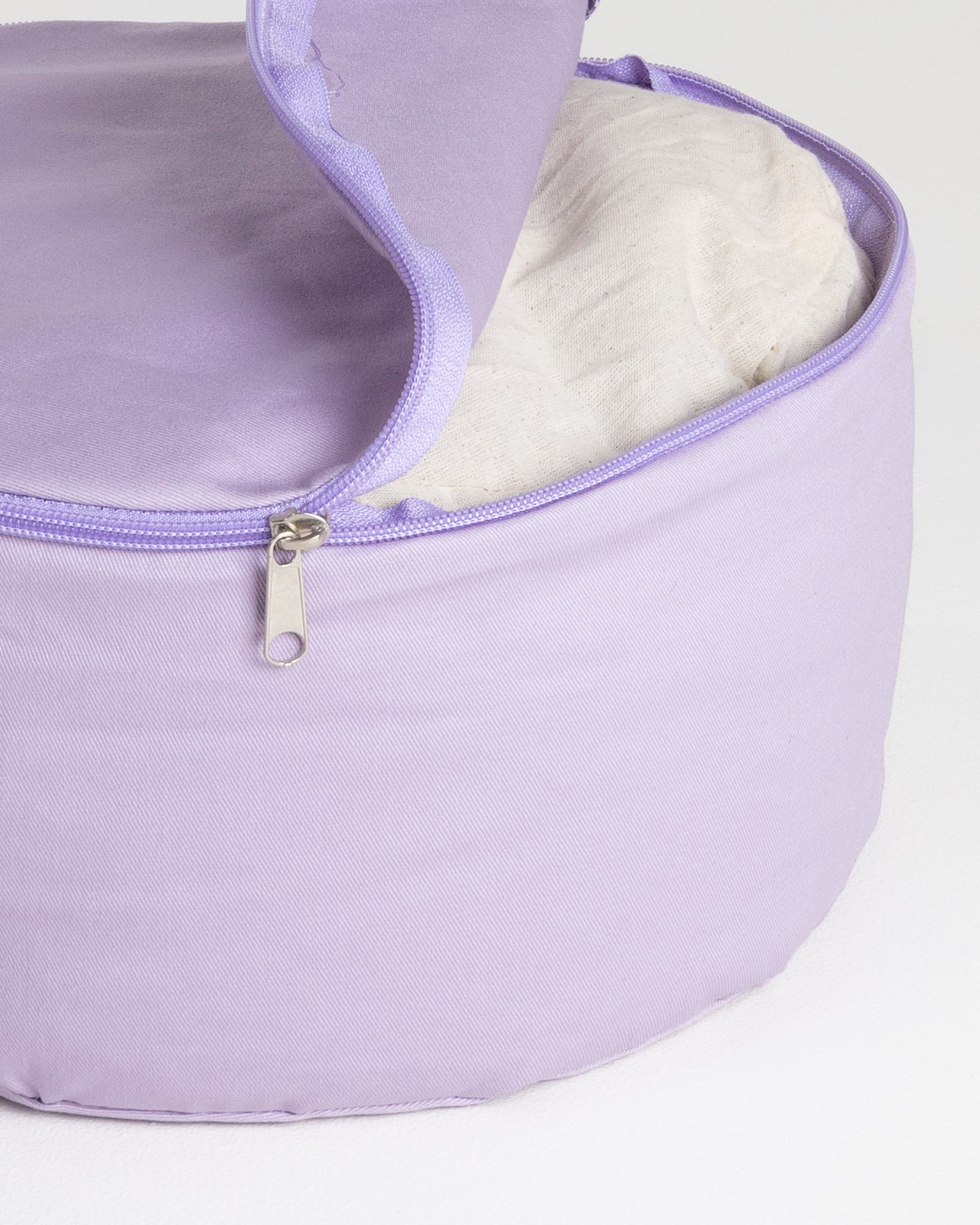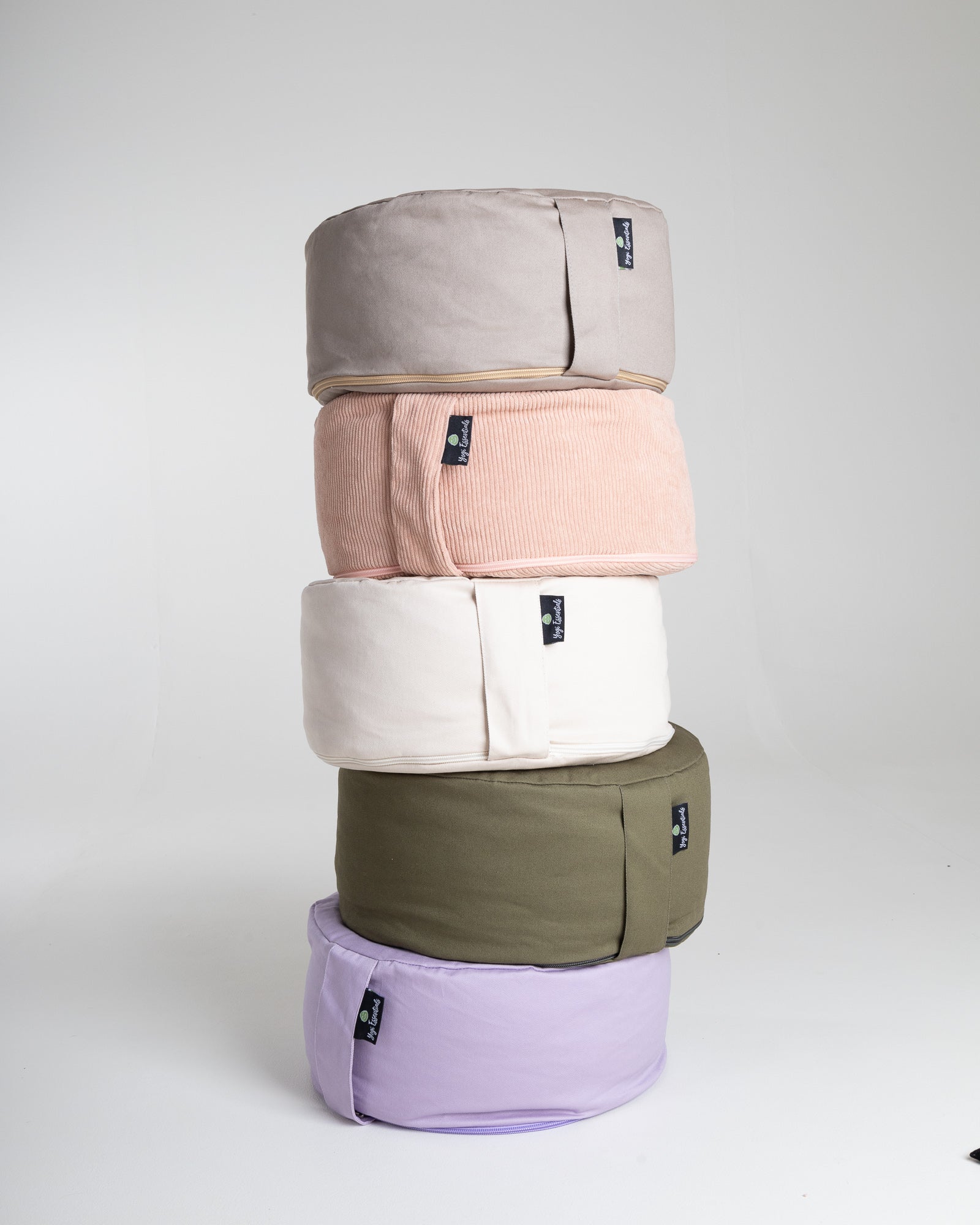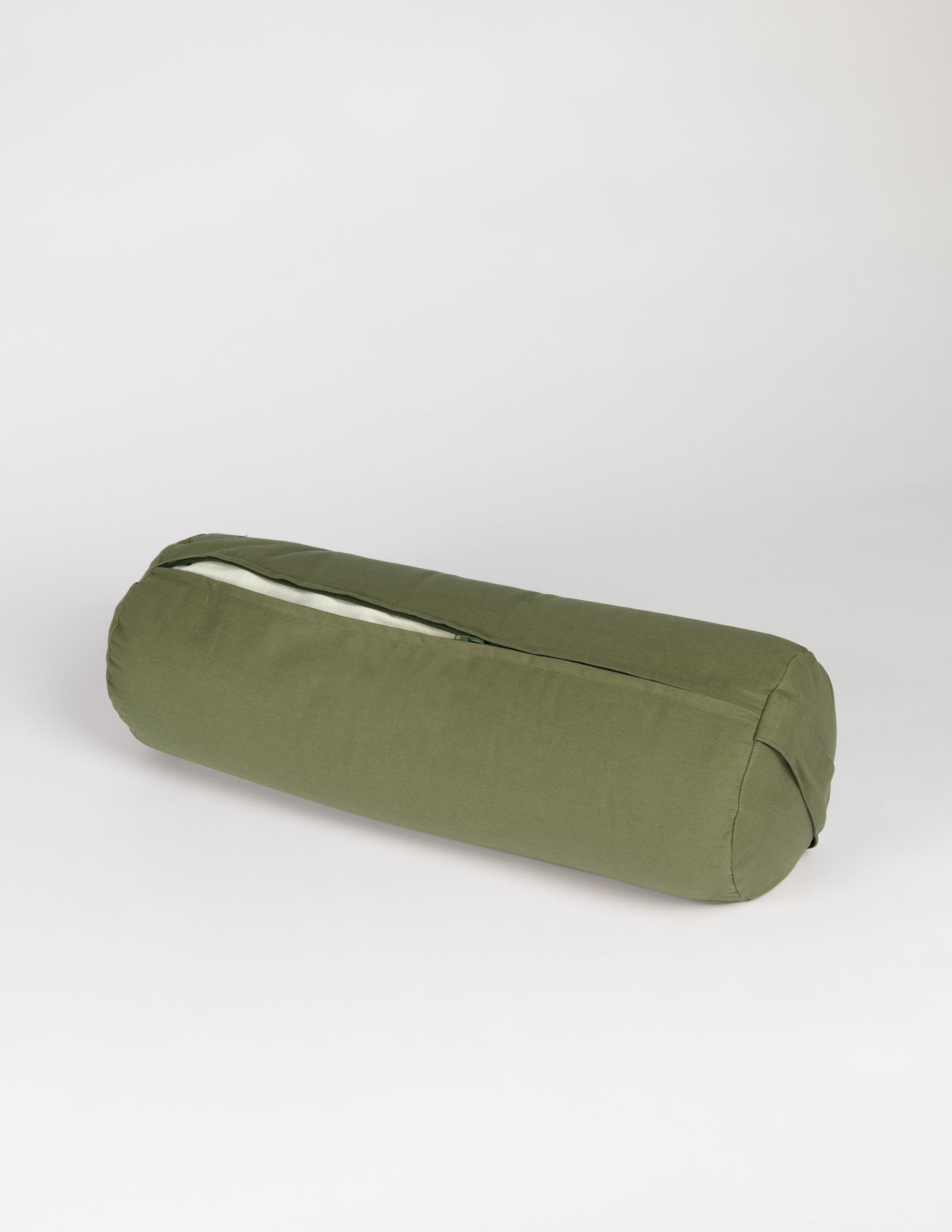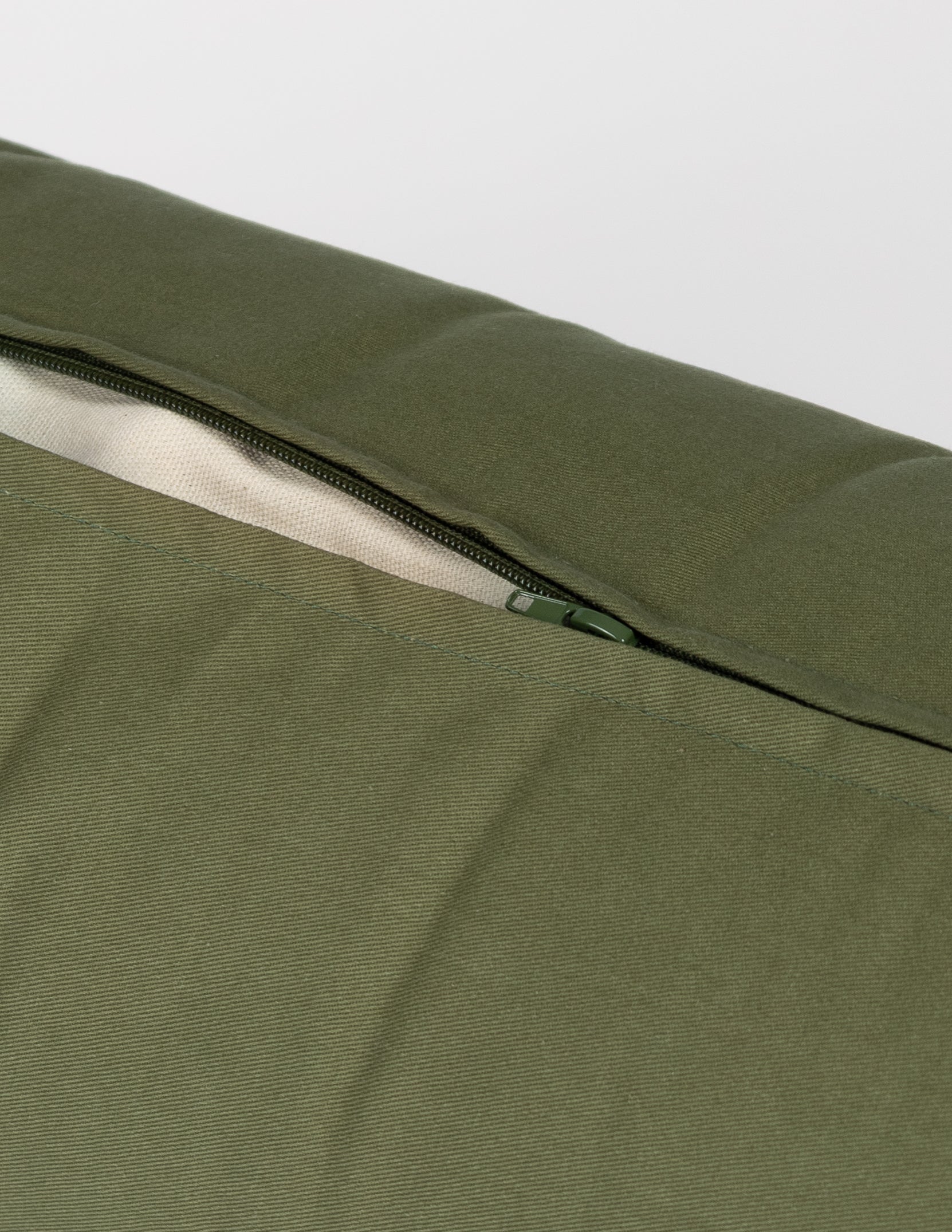Ontdek
All Meditation Cushions
Filters
Sort Featured
-
NEW Ribbed Meditation Cushion - Rose -
NEW Cotton Yoga Bolster - Ash -
NEW Cotton Meditation Cushion - Forest -
NEW Cotton Yoga Bolster - Beige -
NEW Ribbed Meditation Cushion - Smoke -
NEW Ribbed Meditation Cushion - Sage -
NEW Ribbed Yoga Bolster - Smoke -
NEW Ribbed Yoga Bolster - Sage -
NEW Ribbed Yoga Bolster - Pink -
NEW Cotton Meditation Cushion - Ash -
Ribbed Meditation Cushion - Pink -
NEW Cotton Meditation Cushion - Beige -
Cotton Meditation Cushion - Lilac -
Cotton Meditation Eye Pillow - Taupe -
Ribbed Meditation Eye Pillow - Pink -
Cotton Meditation Eye Pillow - Blue -
Cotton Meditation Eye Pillow - Beige -
Cotton Meditation Cushion - Beige -
Cotton Meditation Eye Pillow - Green -
NEW Cotton Yoga Bolster - Forest -
Package - Sturdy Support - Ash -
Package - Soft Support - Sage -
Package - Soft Support - Rose -
Package - Soft Support - Smoke
All Meditation Cushions
Meditation is coming home. Not to a place outside yourself, but rather within. To land there, it's helpful if your body feels supported—still, but not stiff. A good meditation cushion helps you sit comfortably, with length in your spine and space in your breath.
At Yogi Essentials, we don't view a cushion as an afterthought, but as an integral part of your practice. Whether you're sitting still for five minutes or enjoying a longer session, your posture determines how deeply you can relax. In this article, you'll learn what different meditation cushions can do for you and how to choose the right one.
Meditation cushion: firm, stable and supportive
A classic meditation cushion—often round or crescent-shaped—lifts your pelvis just enough so your knees can relax toward the floor. This automatically lengthens your spine without forcing it.
The filling (usually buckwheat or spelt husks) subtly conforms to your body, yet remains firm enough to prevent sinking. This is important: meditation isn't about softness, but about stability and comfort.
Whether you're sitting cross-legged, on your knees, or somewhere in between, a meditation cushion helps you to focus your attention not on your posture, but on your breath and your awareness.
Bolster: support in surrender
Bolsters are often associated with yin yoga and restorative poses, but they're also a valuable tool in meditation. For example, if you're meditating for extended periods while lying down (yoga nidra), or if you want to support your back or knees while sitting.
By placing a bolster under your knees during supine meditation, you reduce pressure on your lower back. In a seated position, you can use it behind your lower back or as extra support under your legs. Bolsters invite the body to surrender—not just through softness, but through the feeling of something holding you up.
For those who are prone to tension in the lower back, pelvis or hips, a bolster can make all the difference between holding on and truly relaxing.
Eye pillow: silence behind closed eyes
A small, often overlooked accessory, yet with a big impact: the eye pillow. Filled with flaxseed or lavender, it applies gentle, soothing pressure to the eyes and forehead. This light pressure has a calming effect on the nervous system and helps you turn inward—even when your mind is still "on."
During savasana, yoga nidra, or simply a moment of rest on the couch, an eye pillow will quickly transport you to that place of deep relaxation. It helps block out light and stimuli, but also eases the mind. Some people even experience deeper sleep after using an eye pillow before bed.
The value of a ritual
A meditation cushion is more than just practical. It can be an invitation. A symbol, even: when you place it on the floor, you give yourself permission to do nothing for a moment. It becomes part of a ritual—you sit down, breathe, close your eyes. Your body recognizes that moment, and your mind follows naturally.
Bolsters and eye pillows can also become part of that ritual. You lay them out, just as you would light a candle or wrap a blanket around yourself. These aren't details, they're attention—and therein lies the essence of meditation.
How to choose your meditation cushion?
The right choice depends on your preferred seating position. If you enjoy sitting high, a padded, firm meditation cushion with a bit more volume is comfortable. If you prefer to sit closer to the ground, a softer or flatter option might be more comfortable.
If you use your bolster primarily for relaxation, choose a soft outer layer like velvet or organic cotton. And if you travel a lot or want to move your pillow, make sure it has a handle or zipper.
Scent can also play a role in eye pillows. Lavender has a calming effect, while unscented varieties are neutral and grounding.



